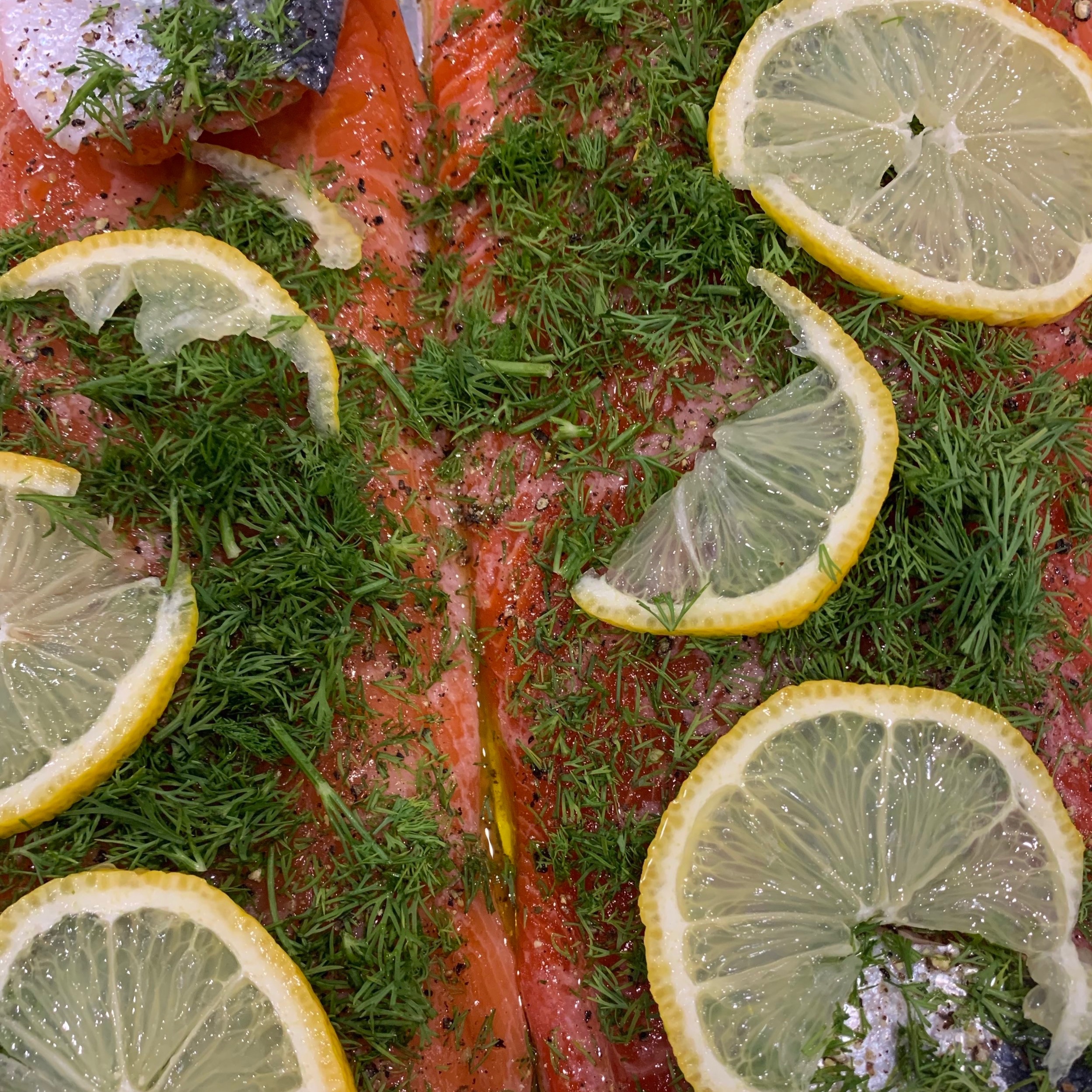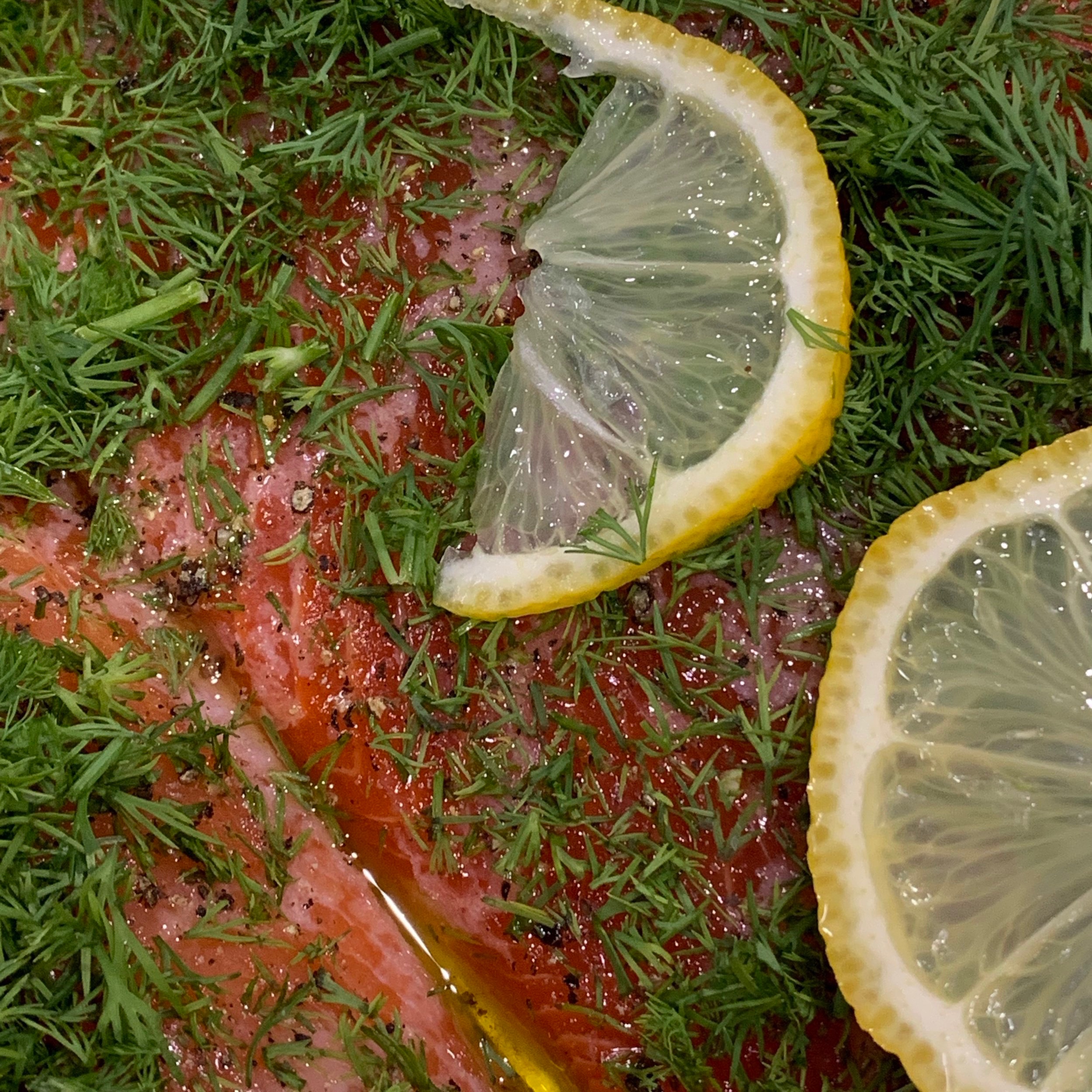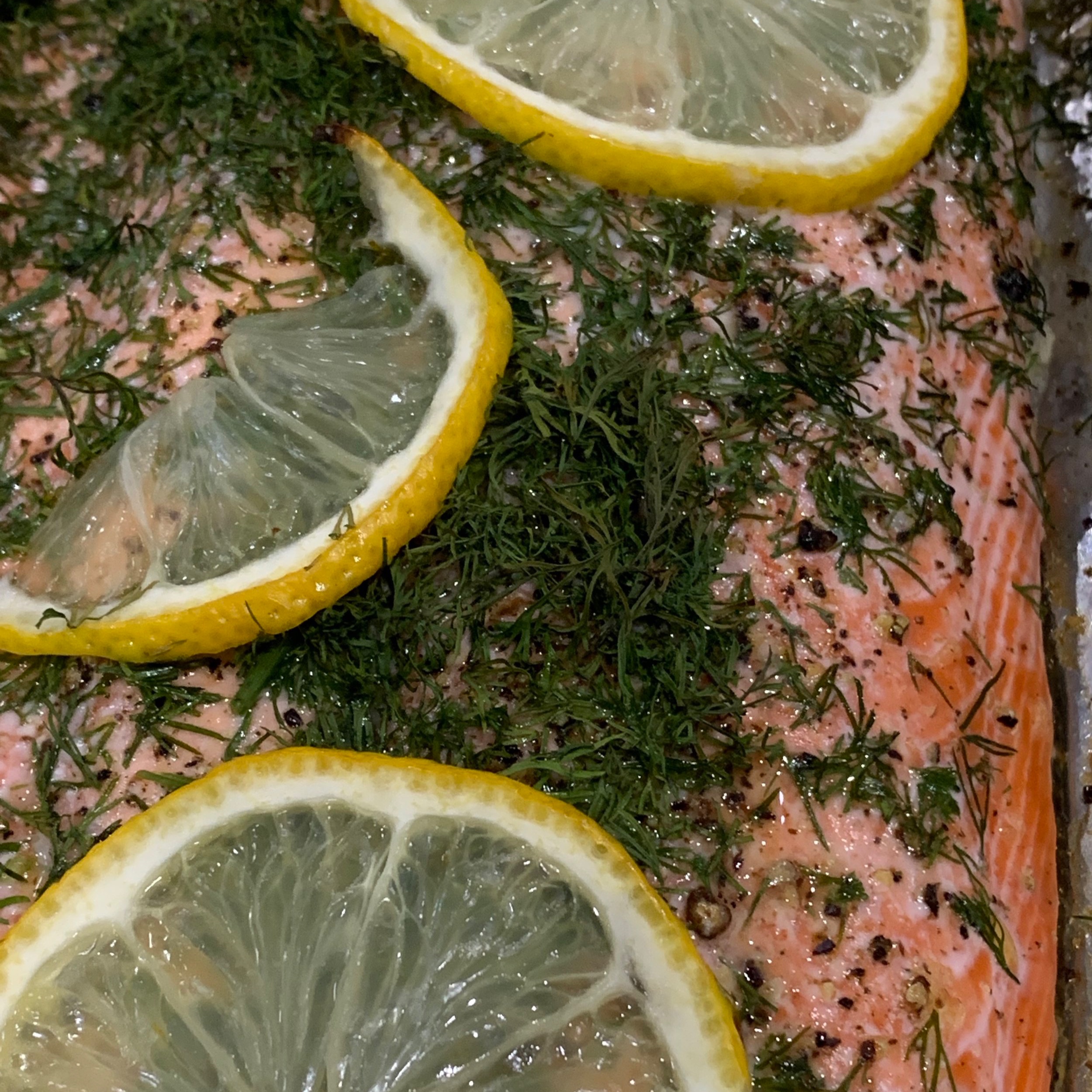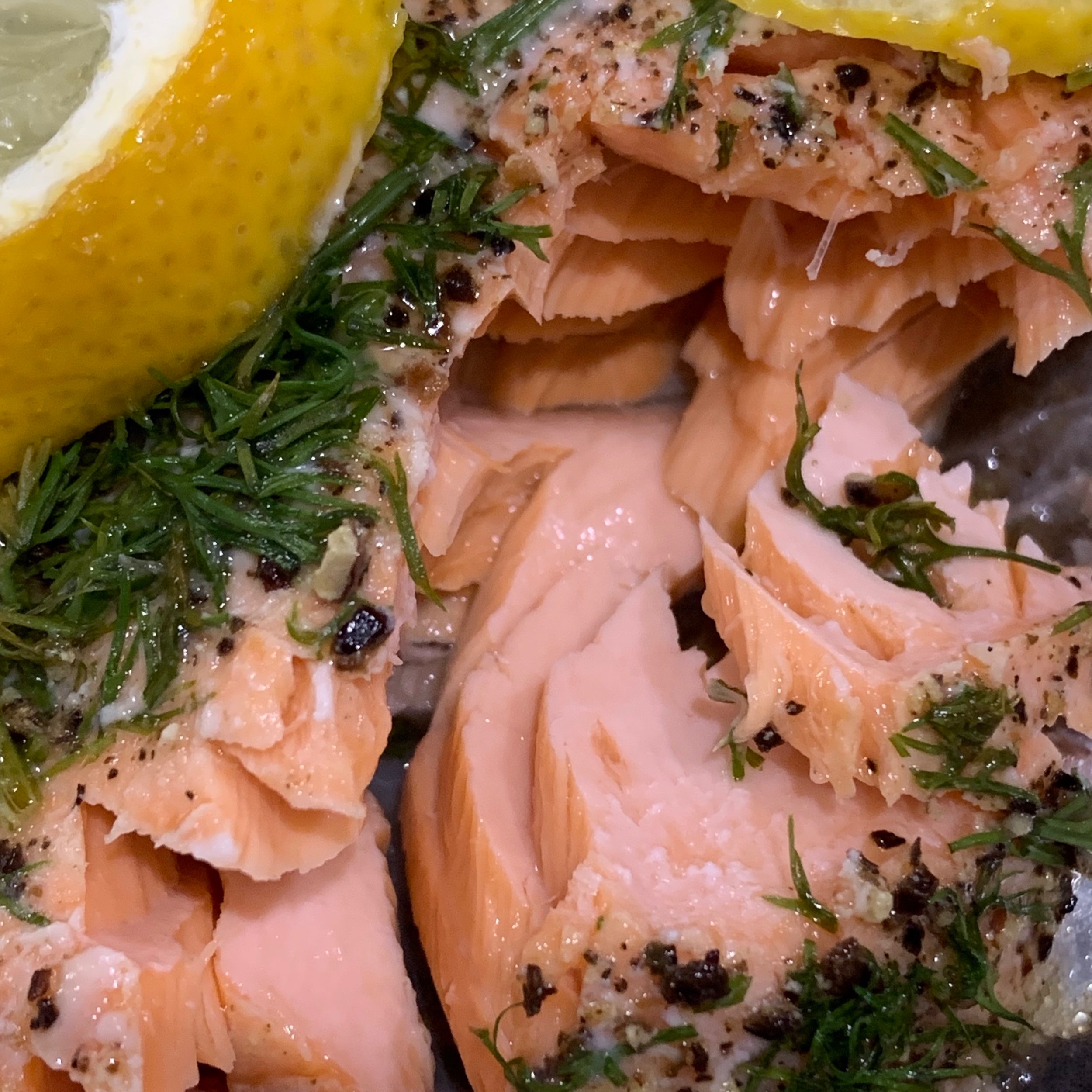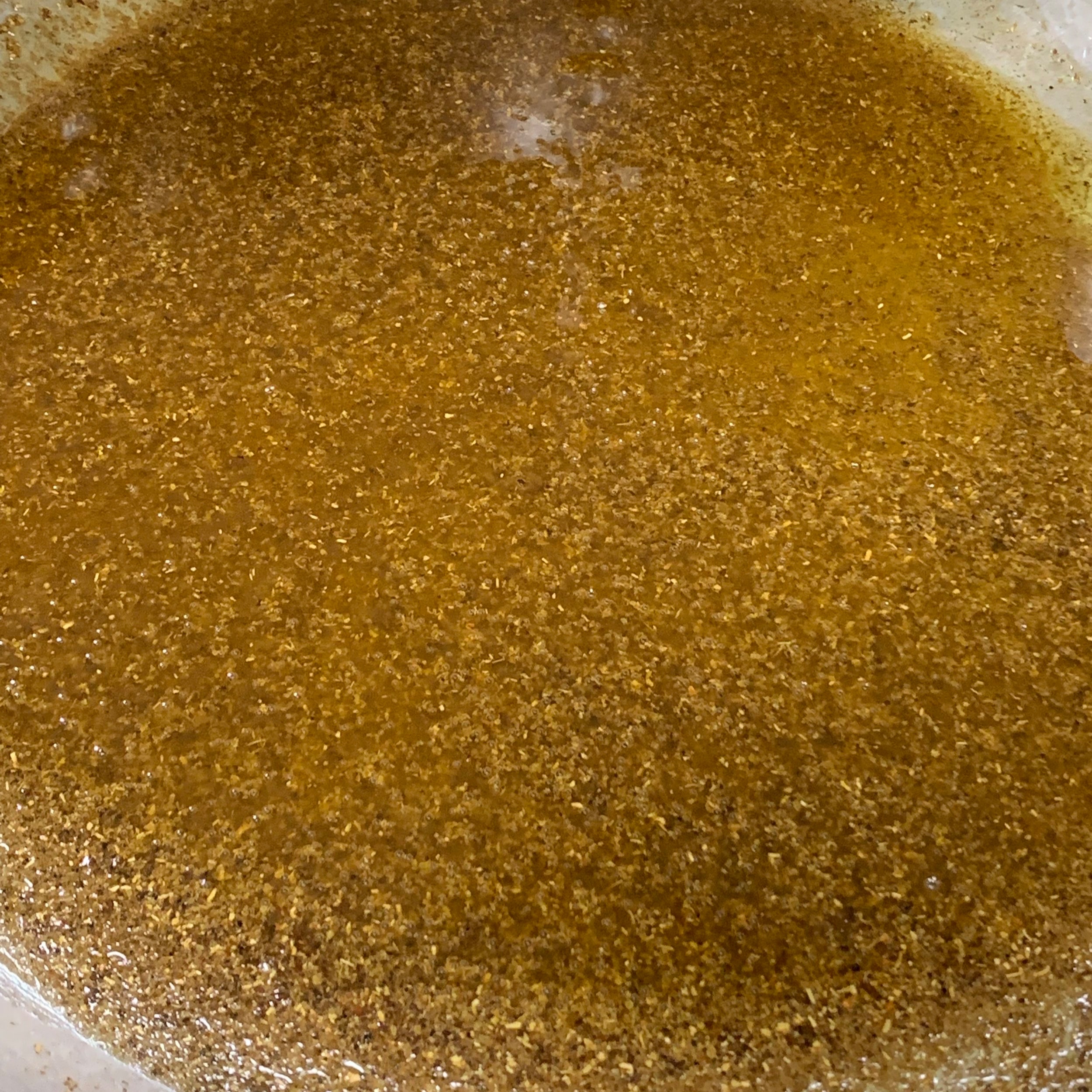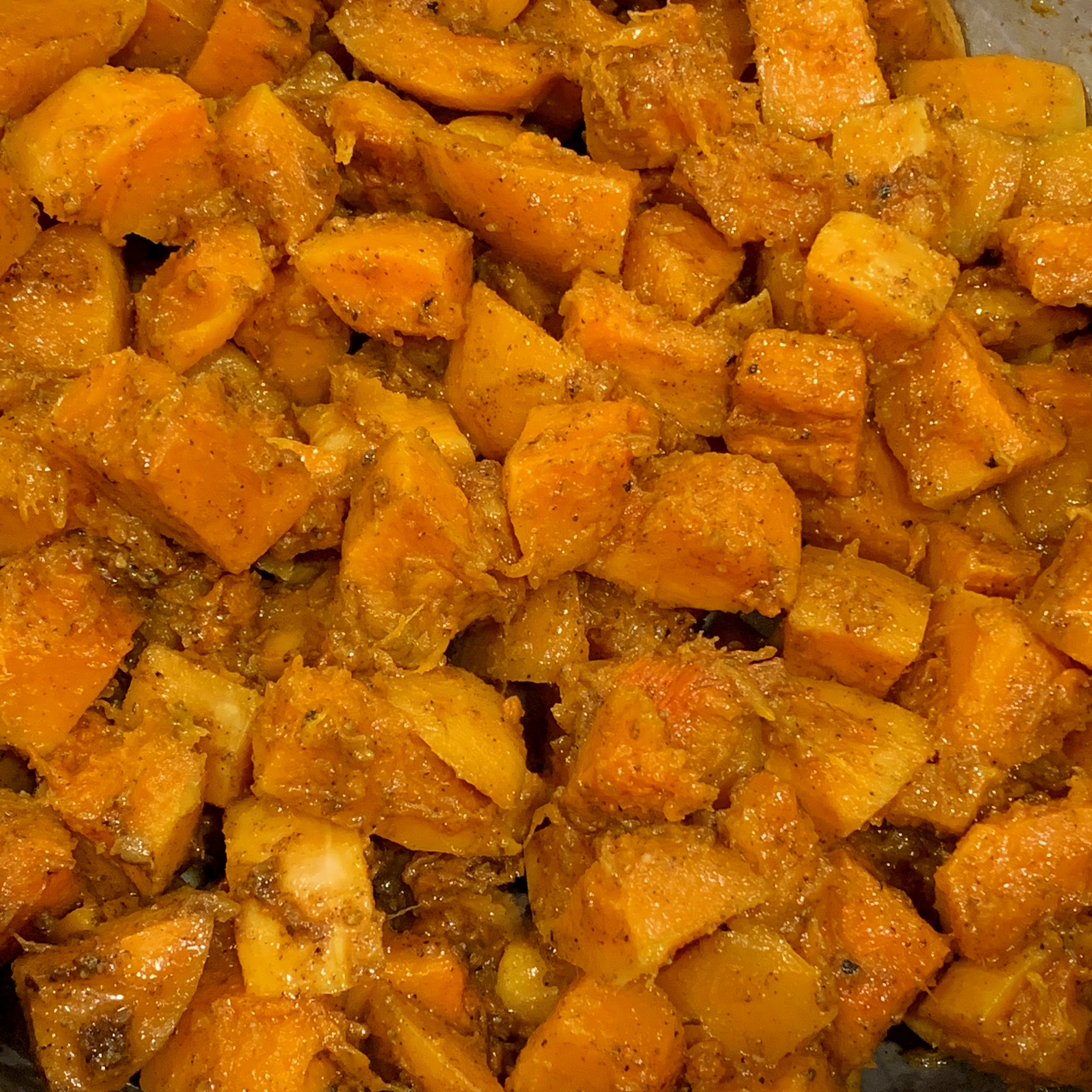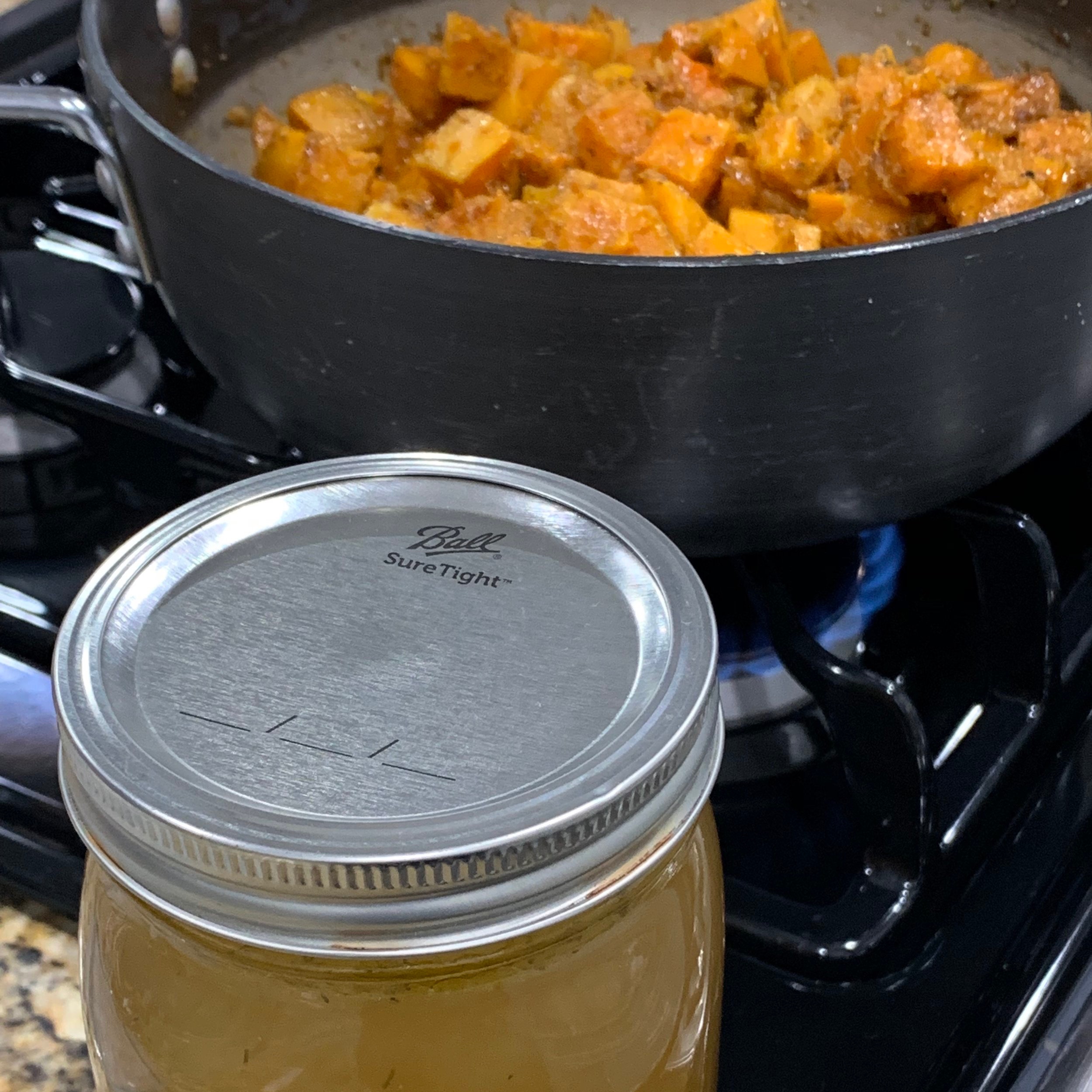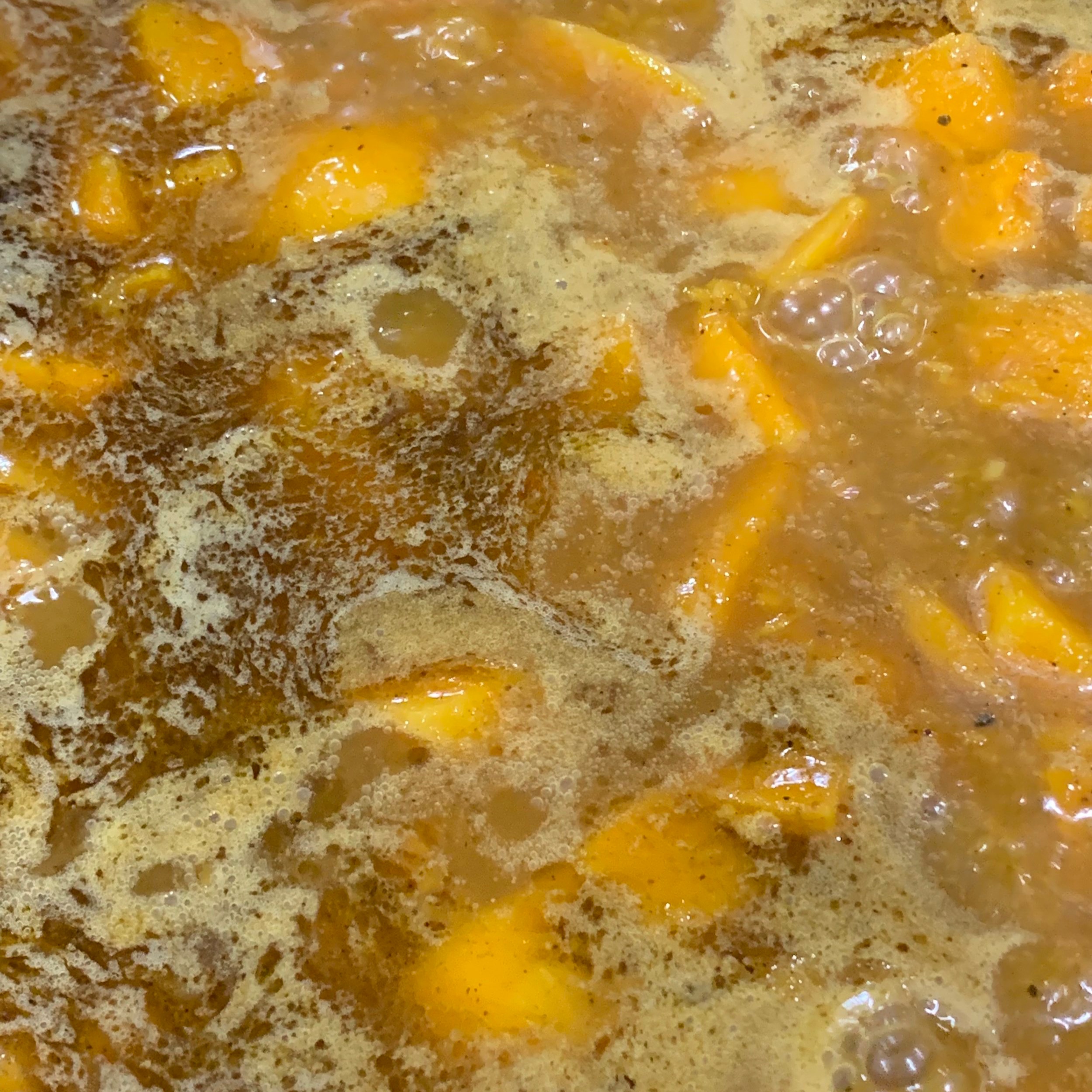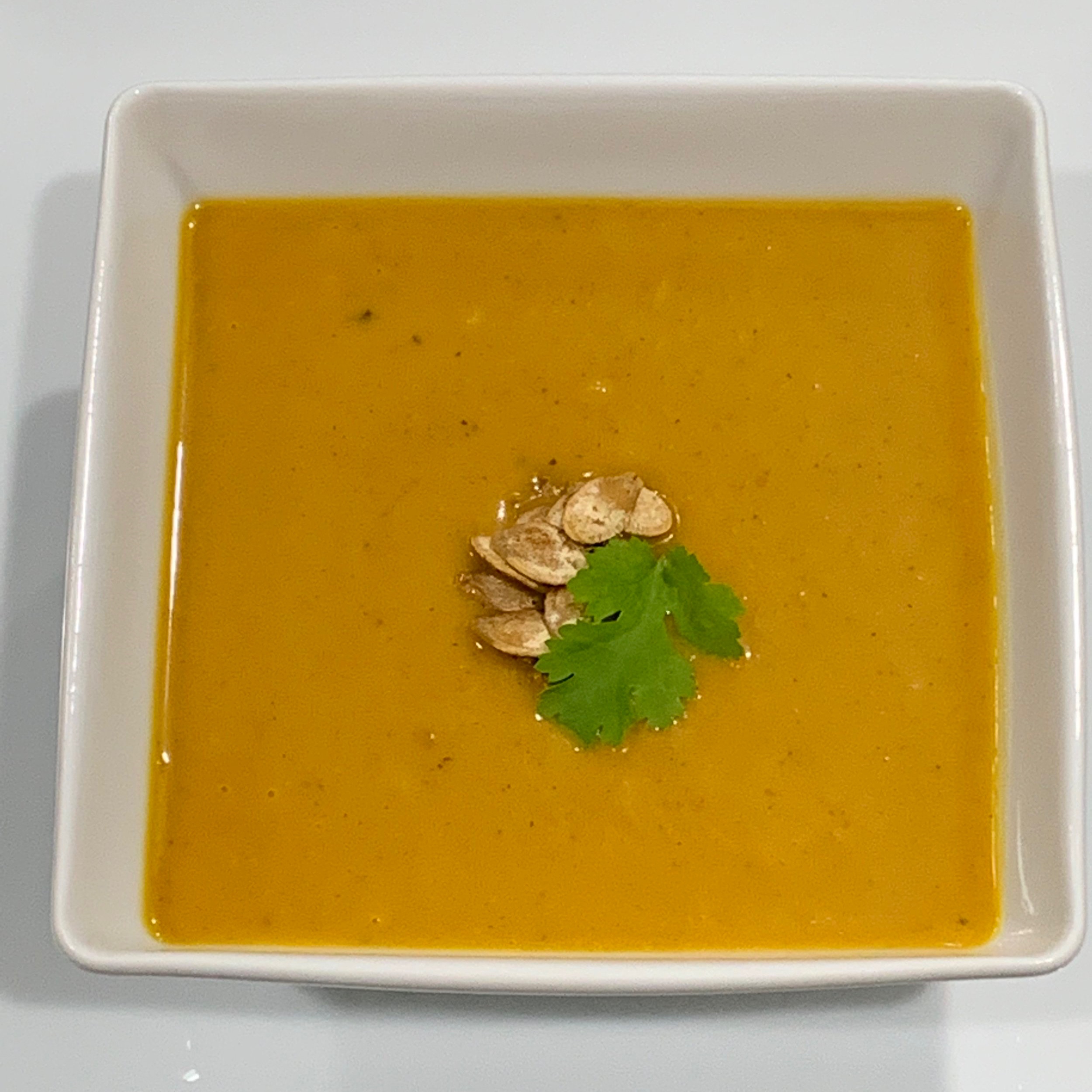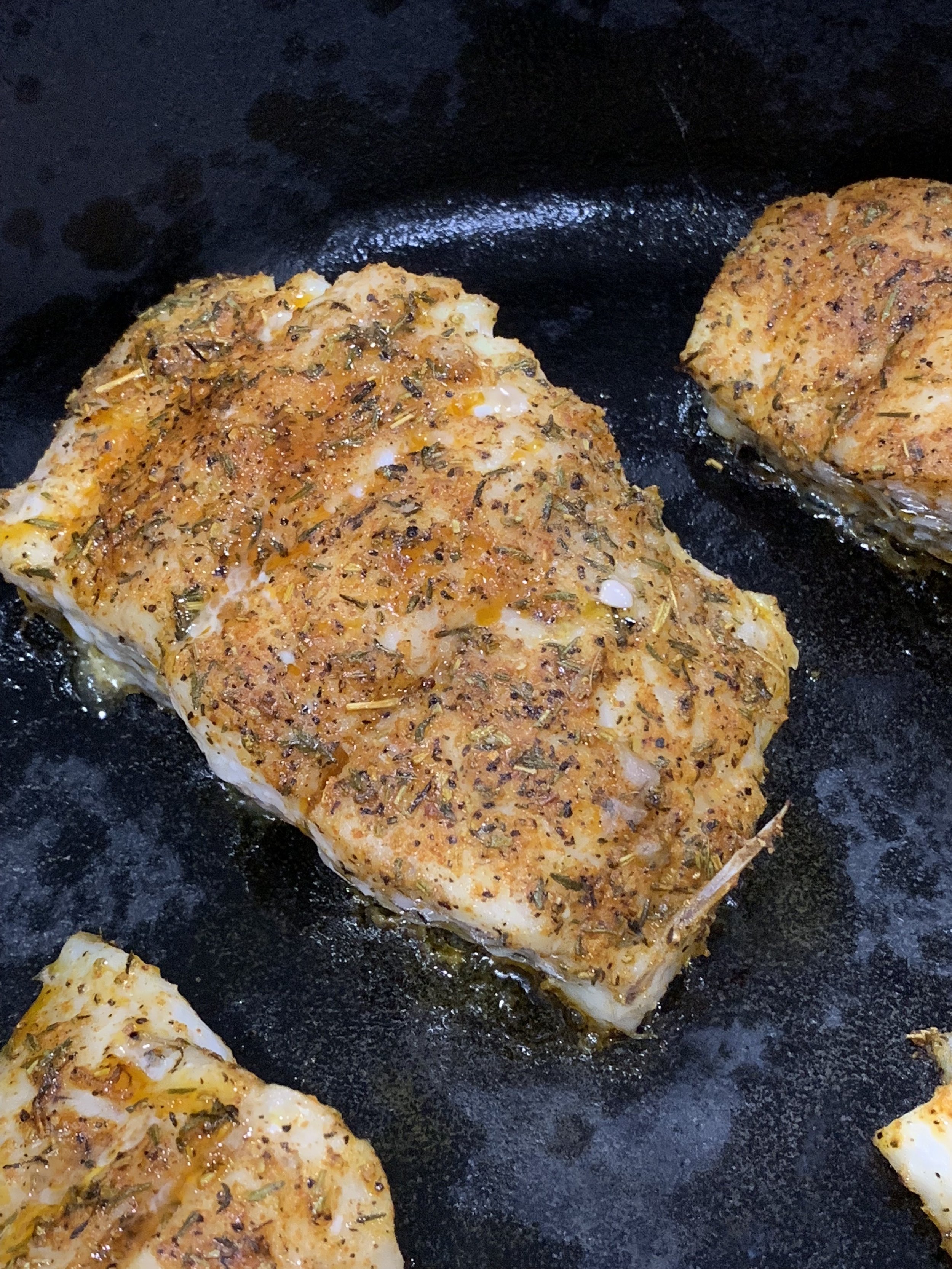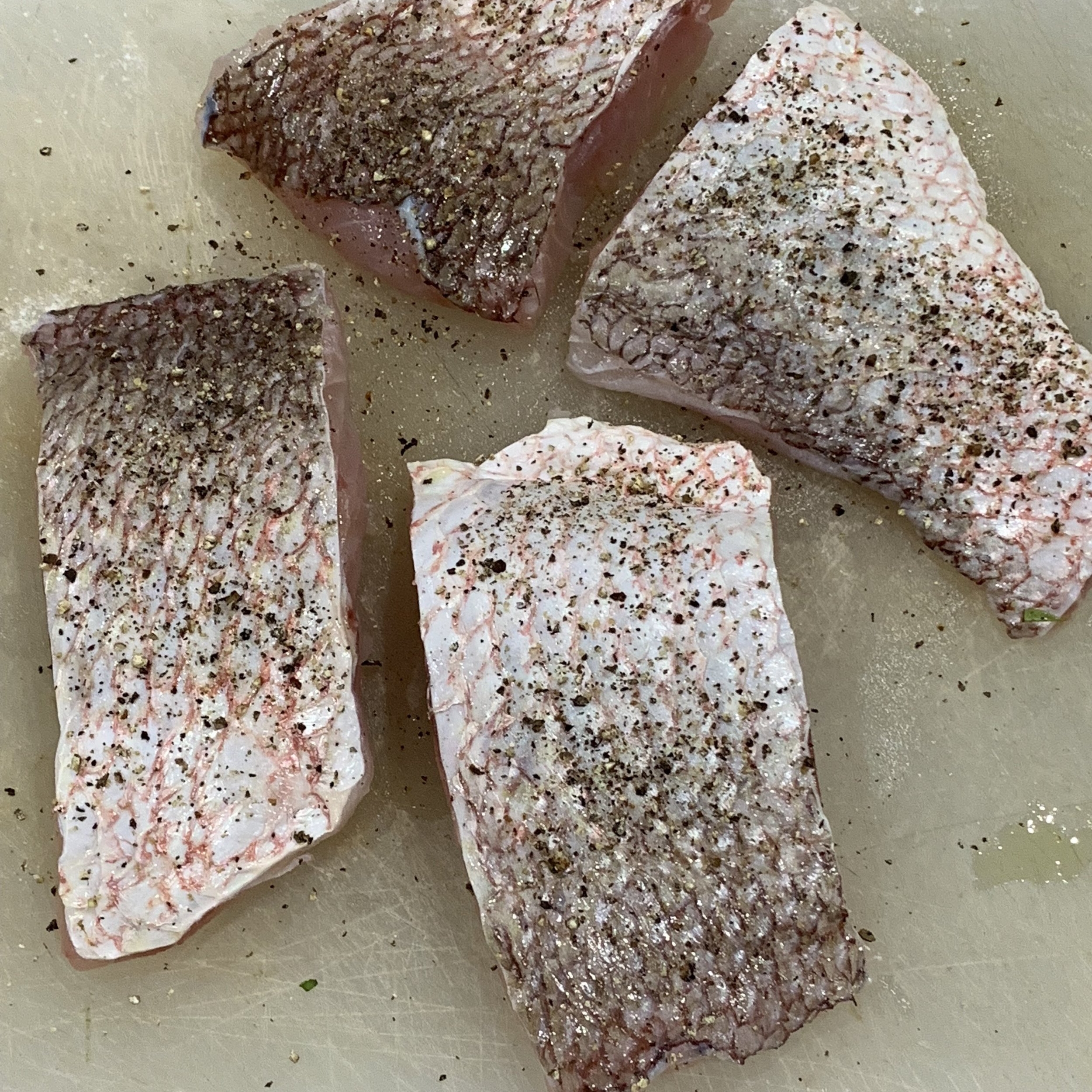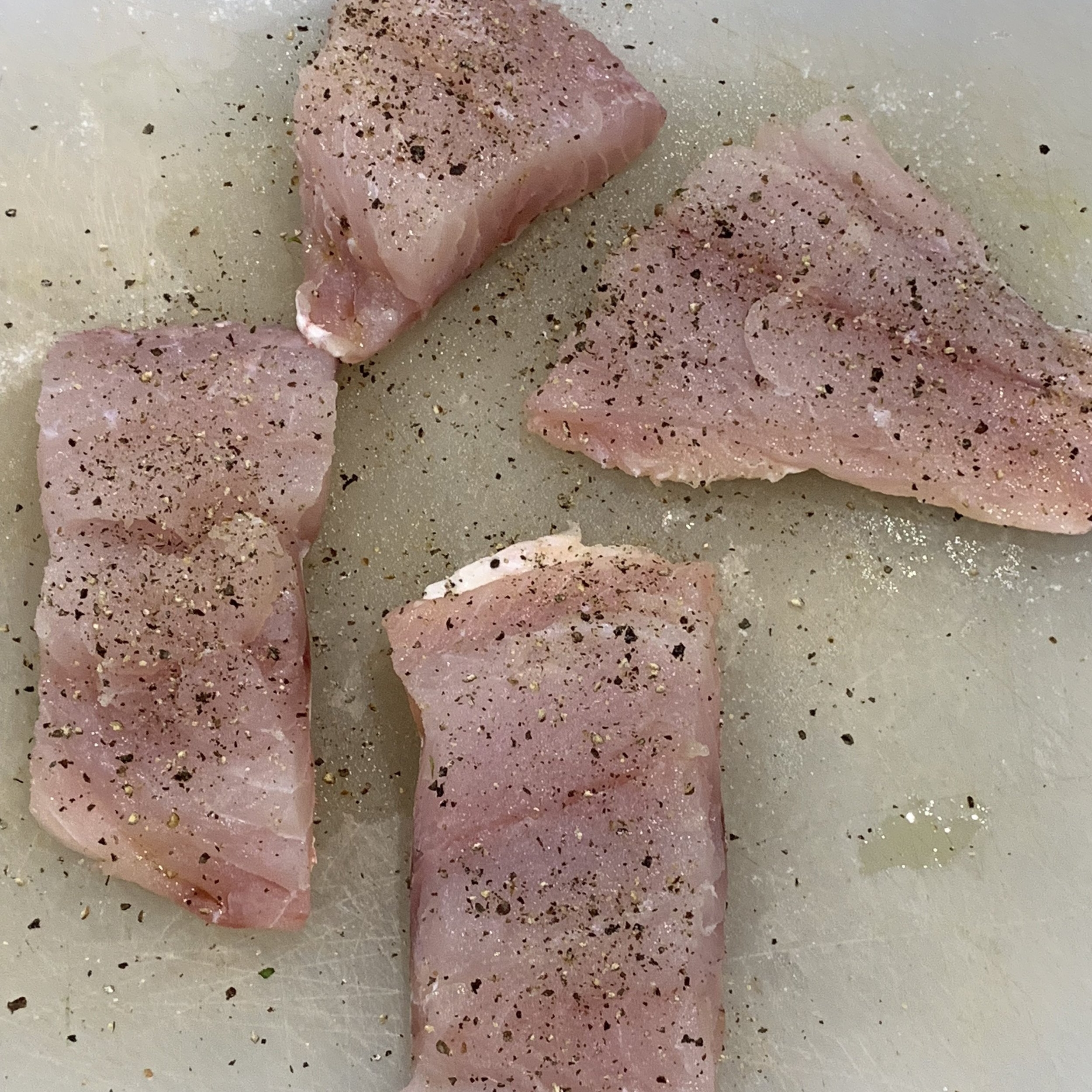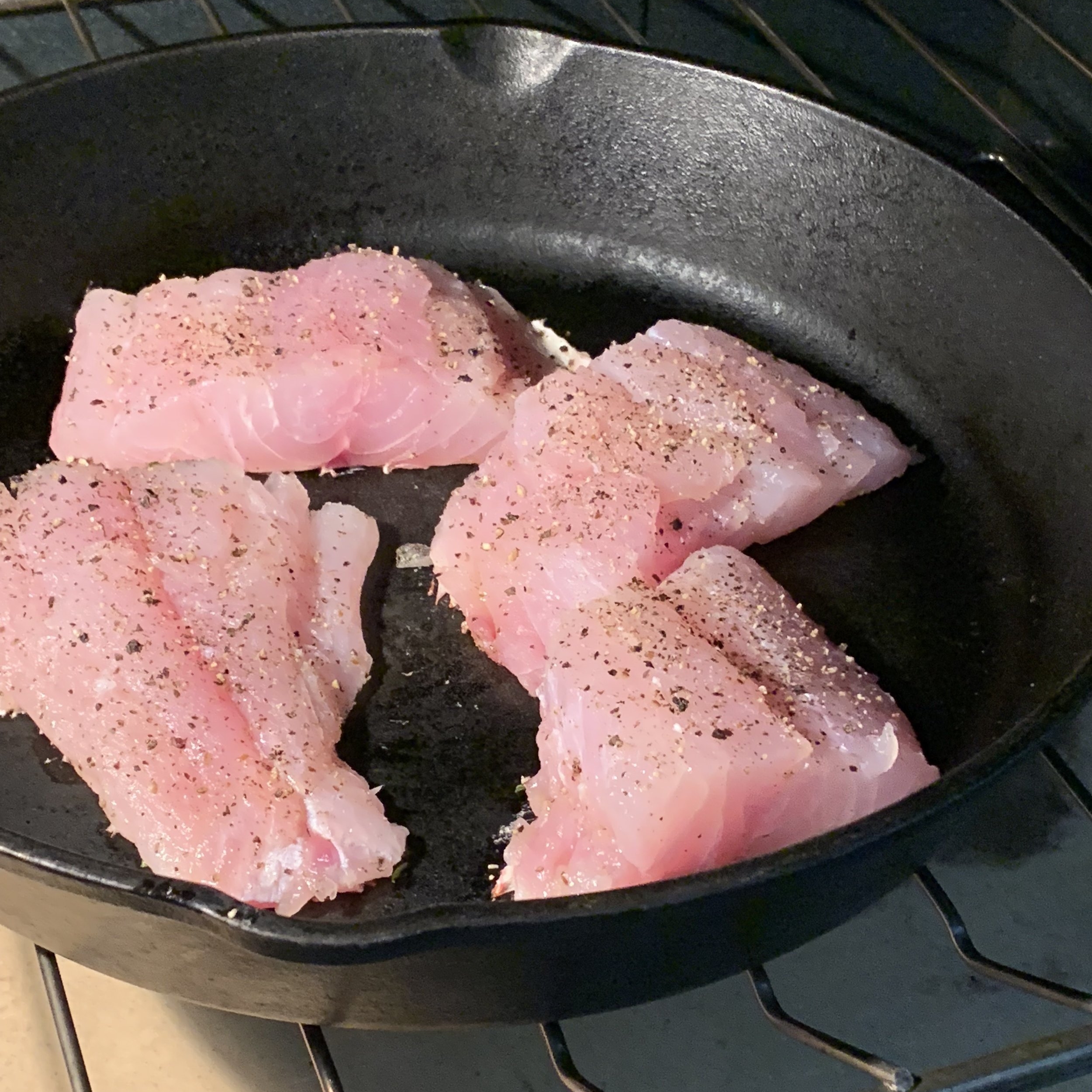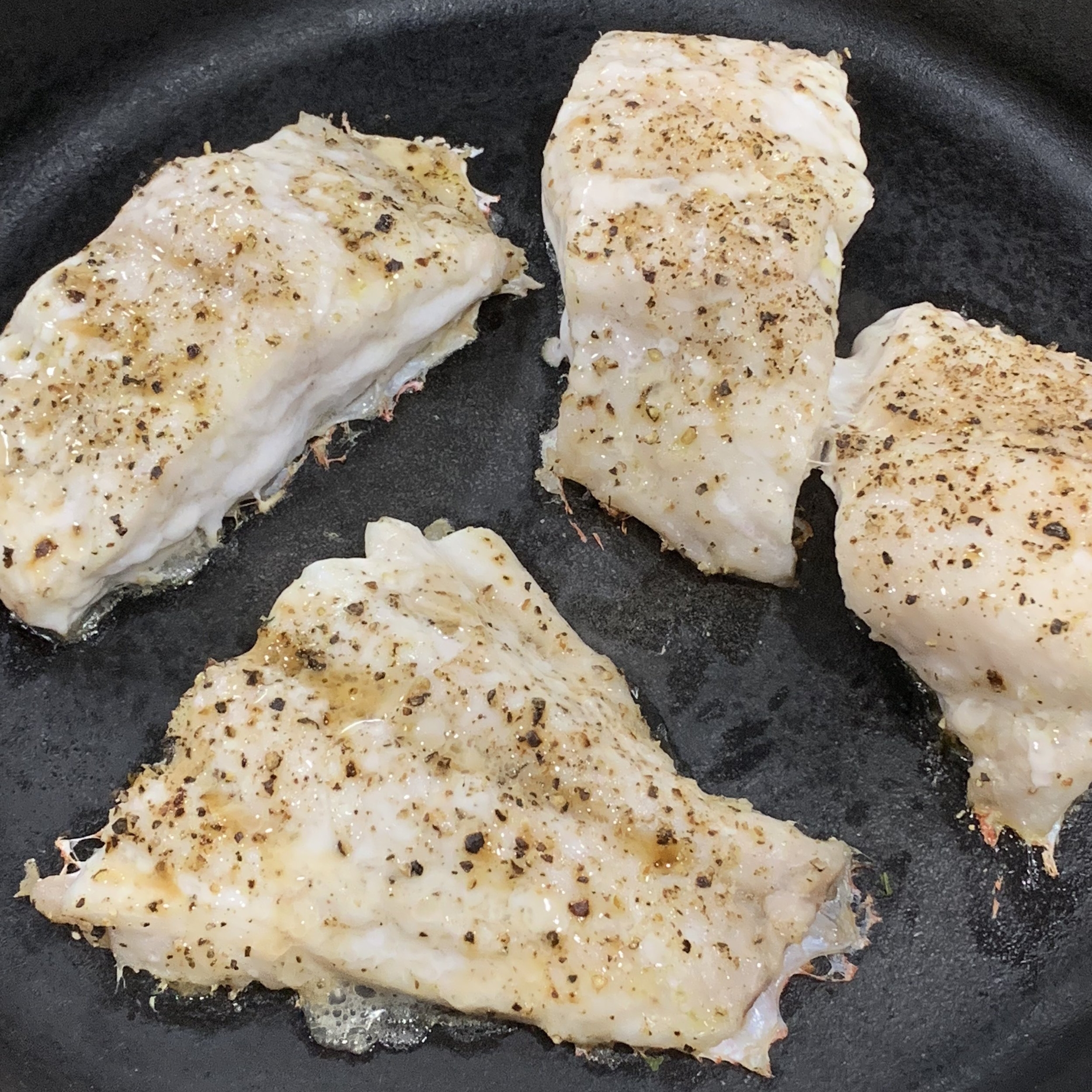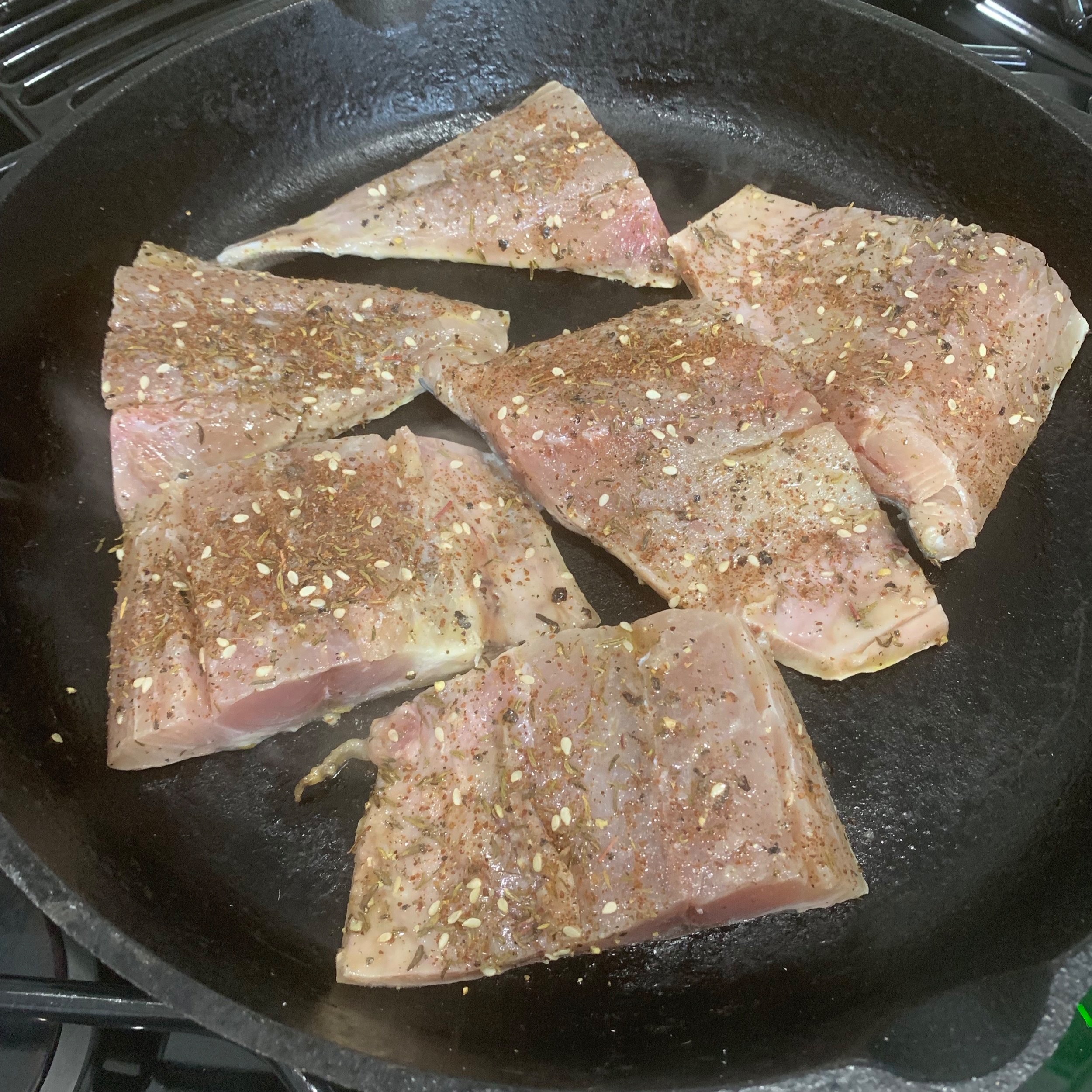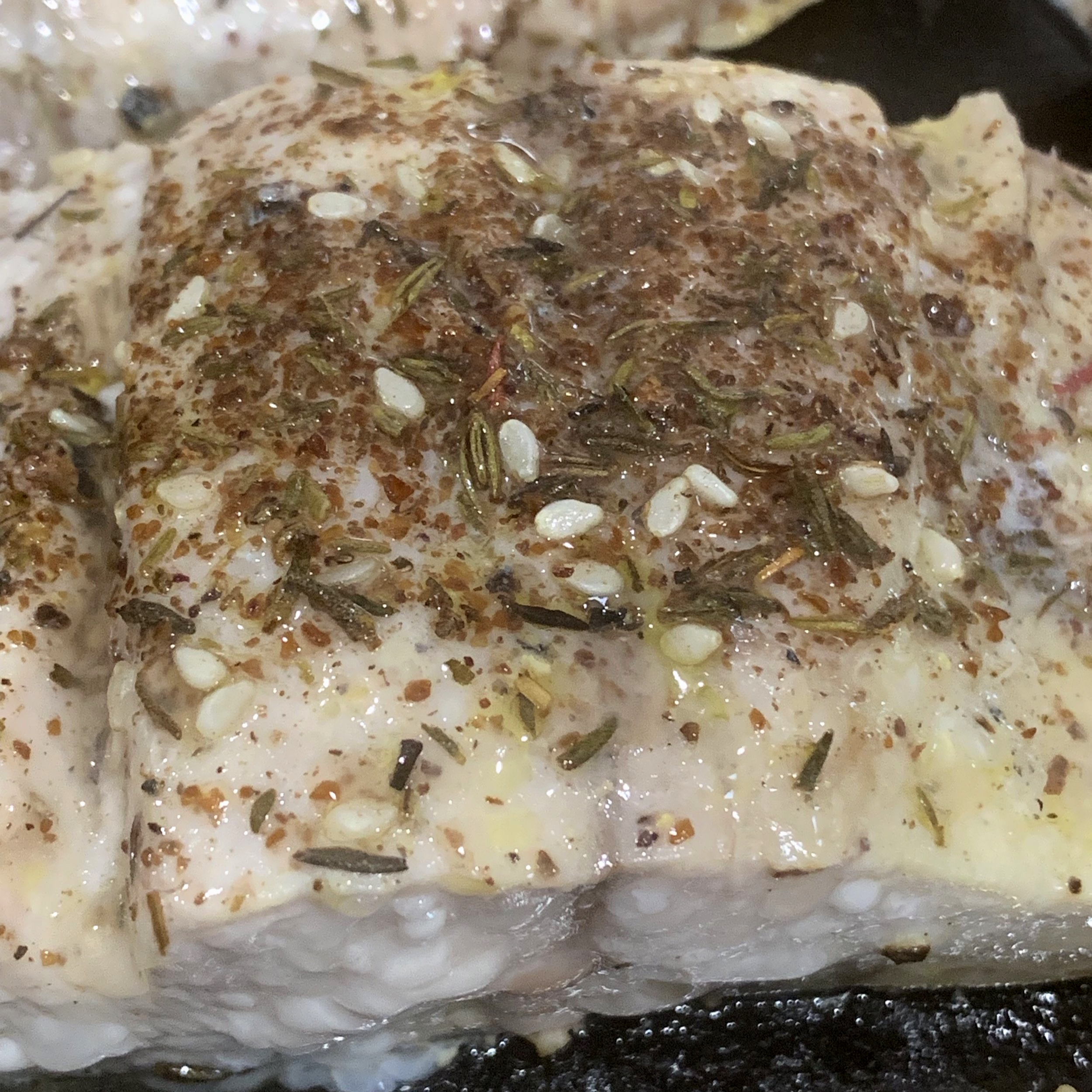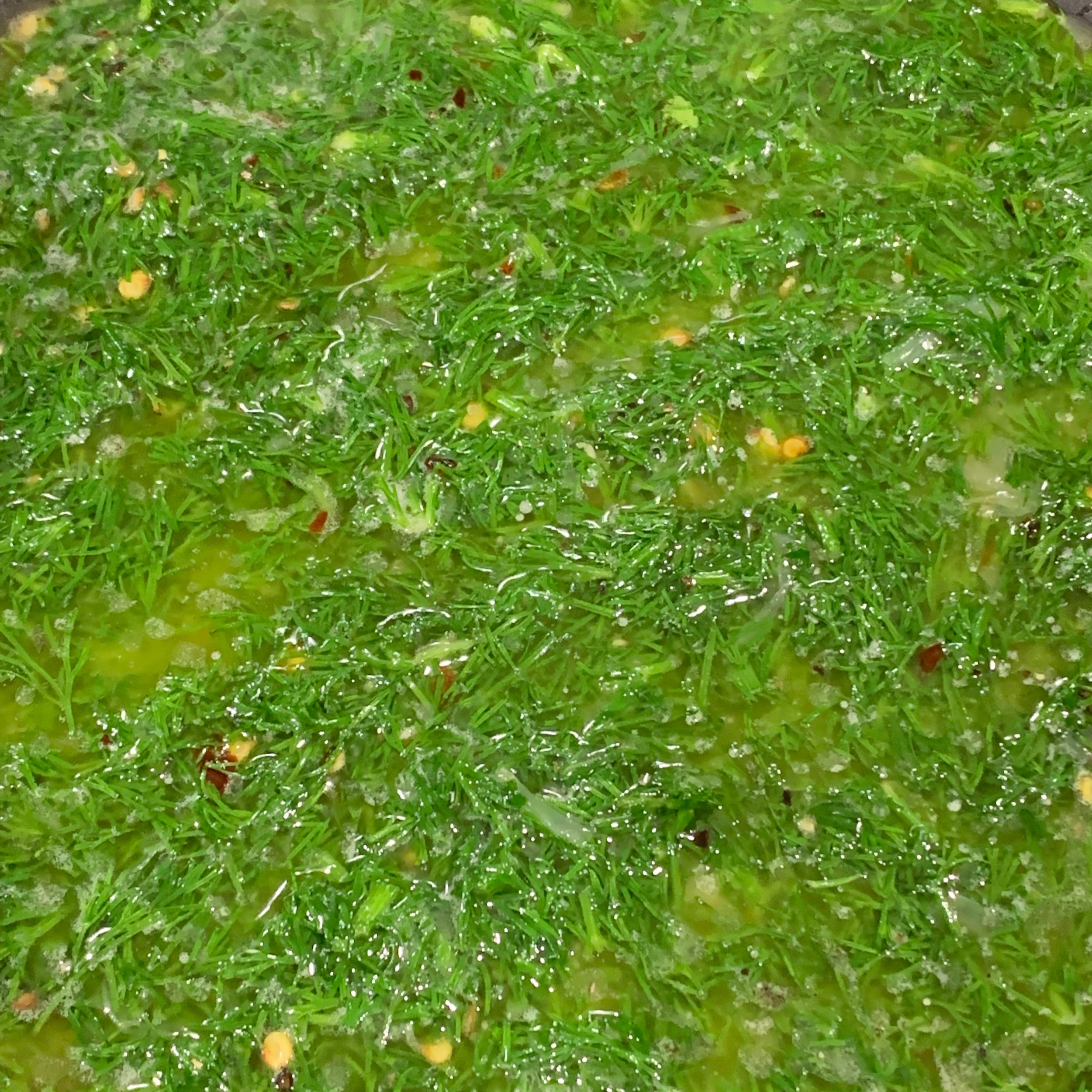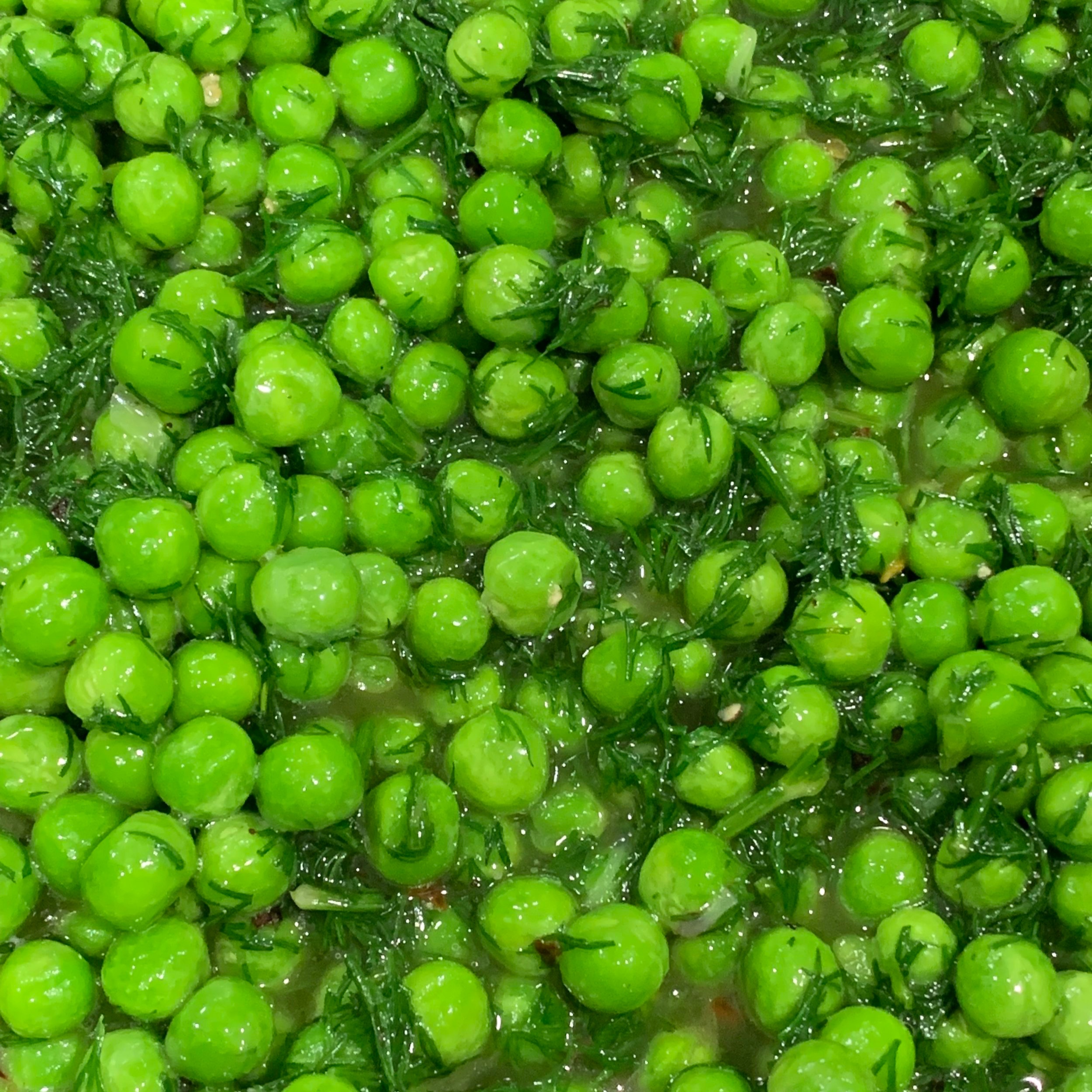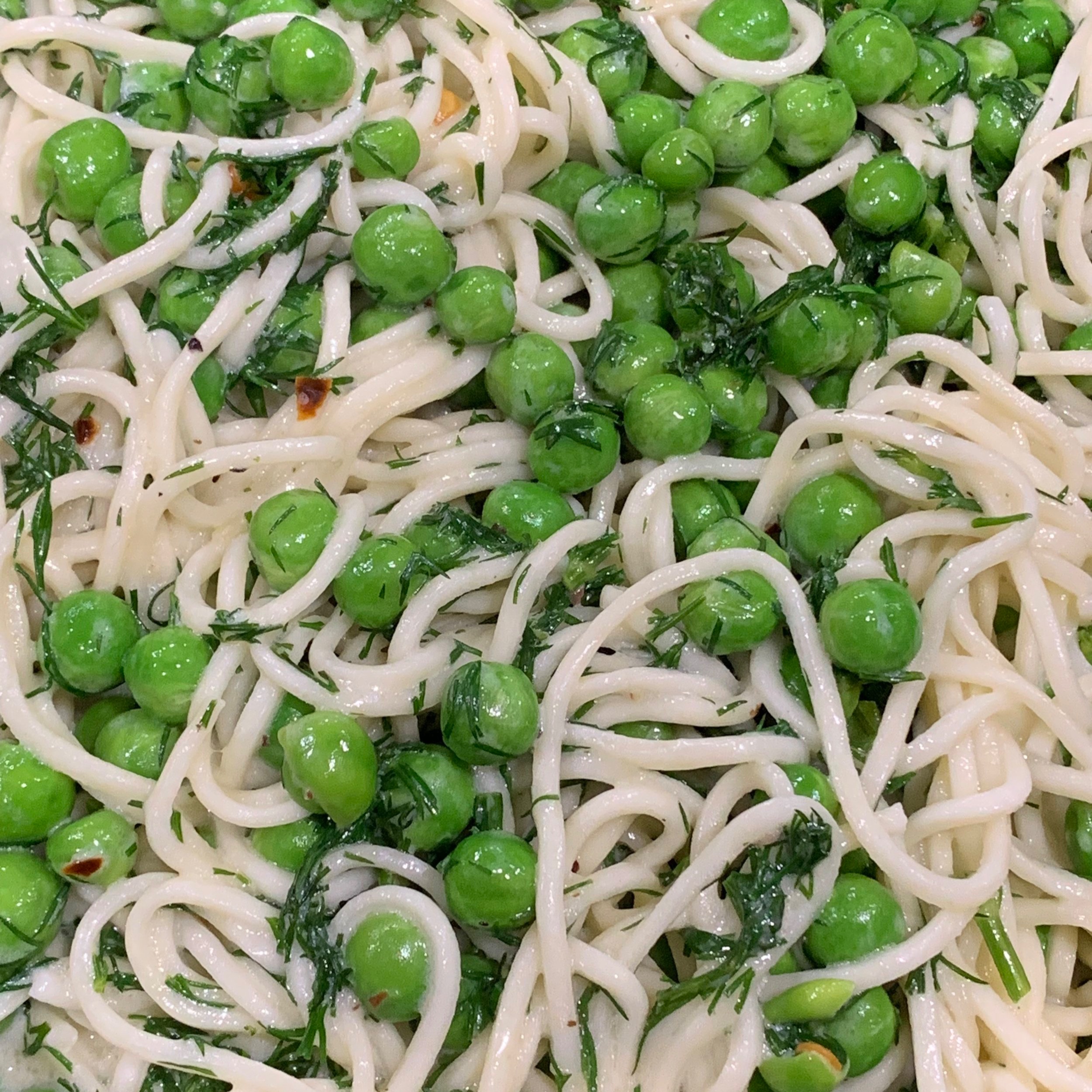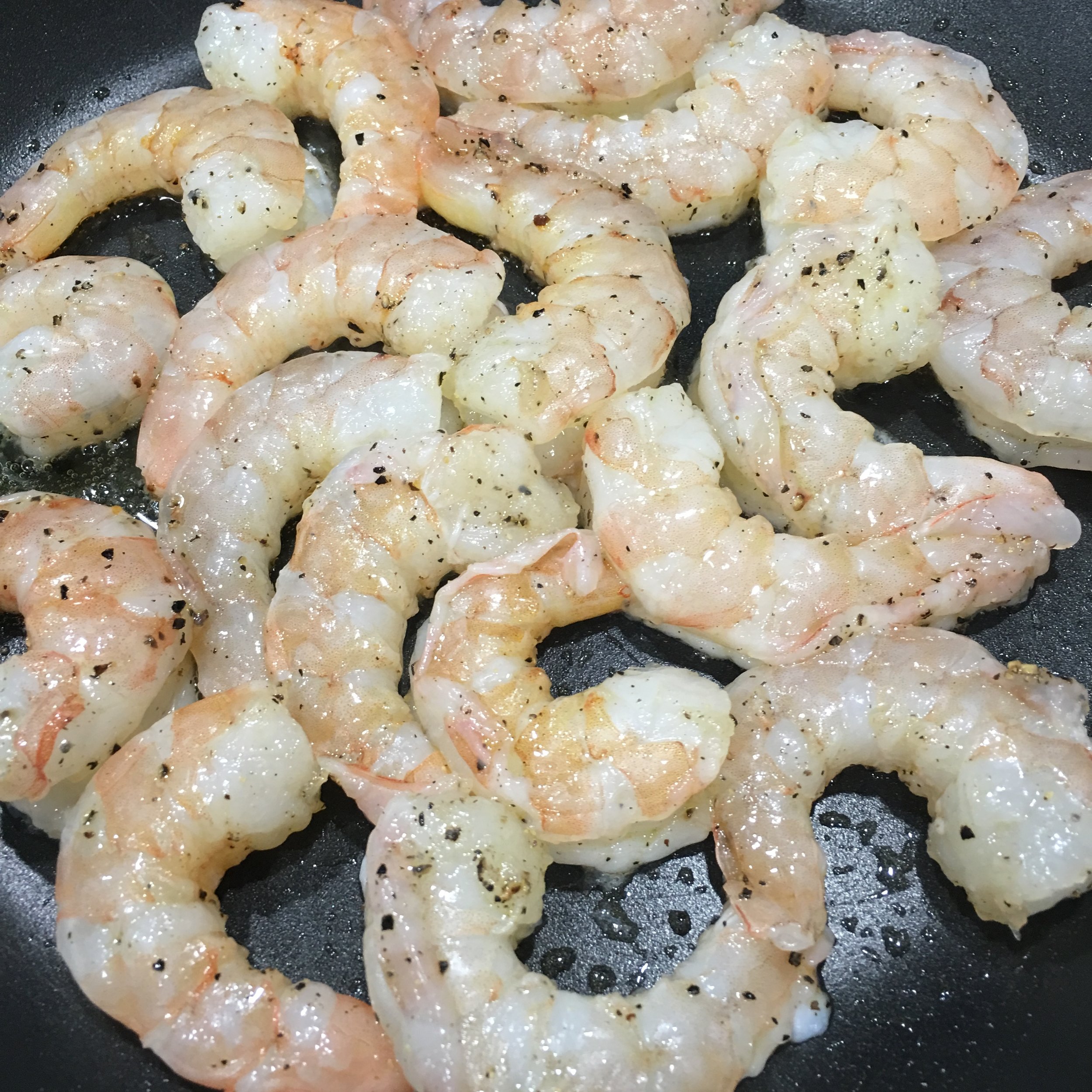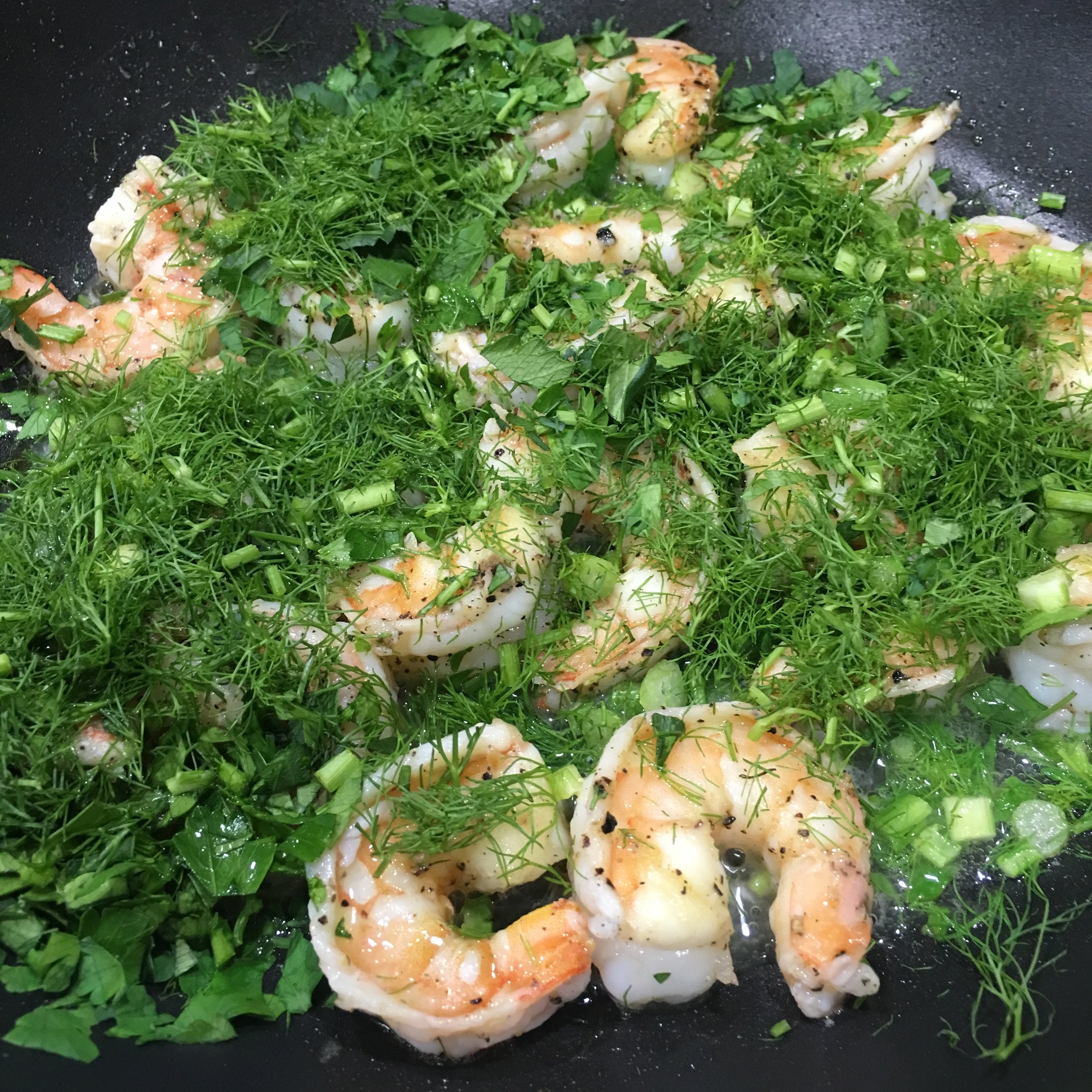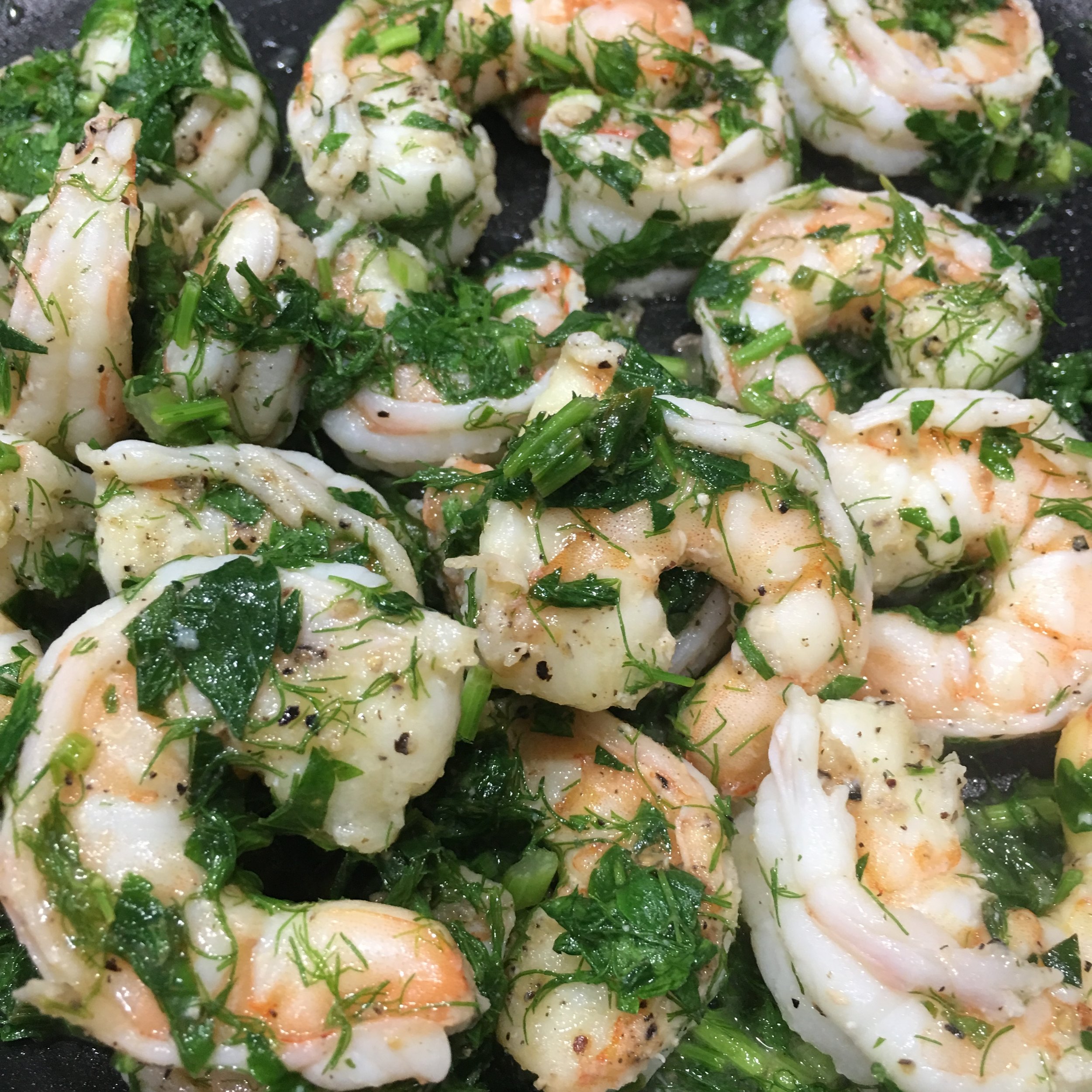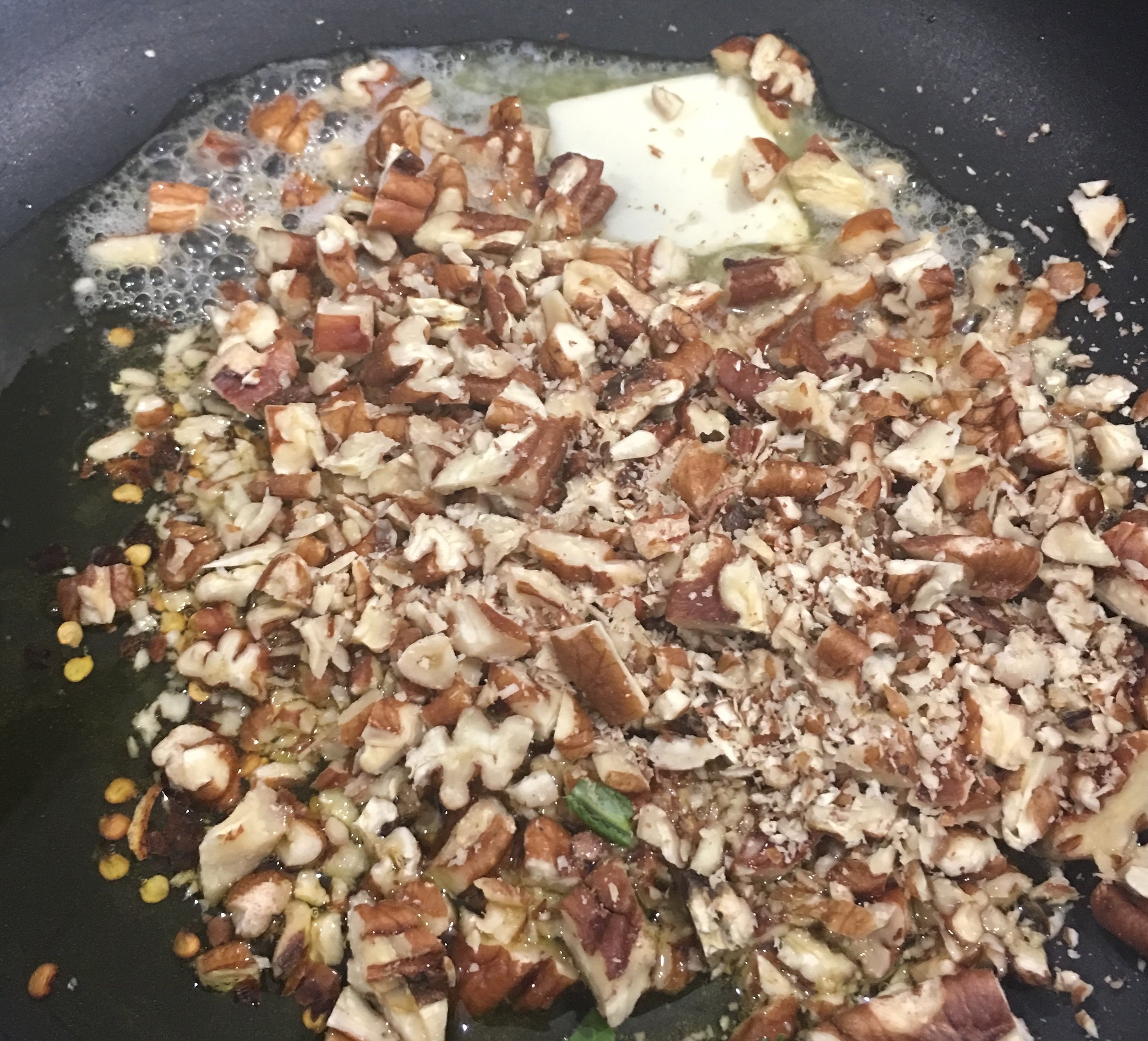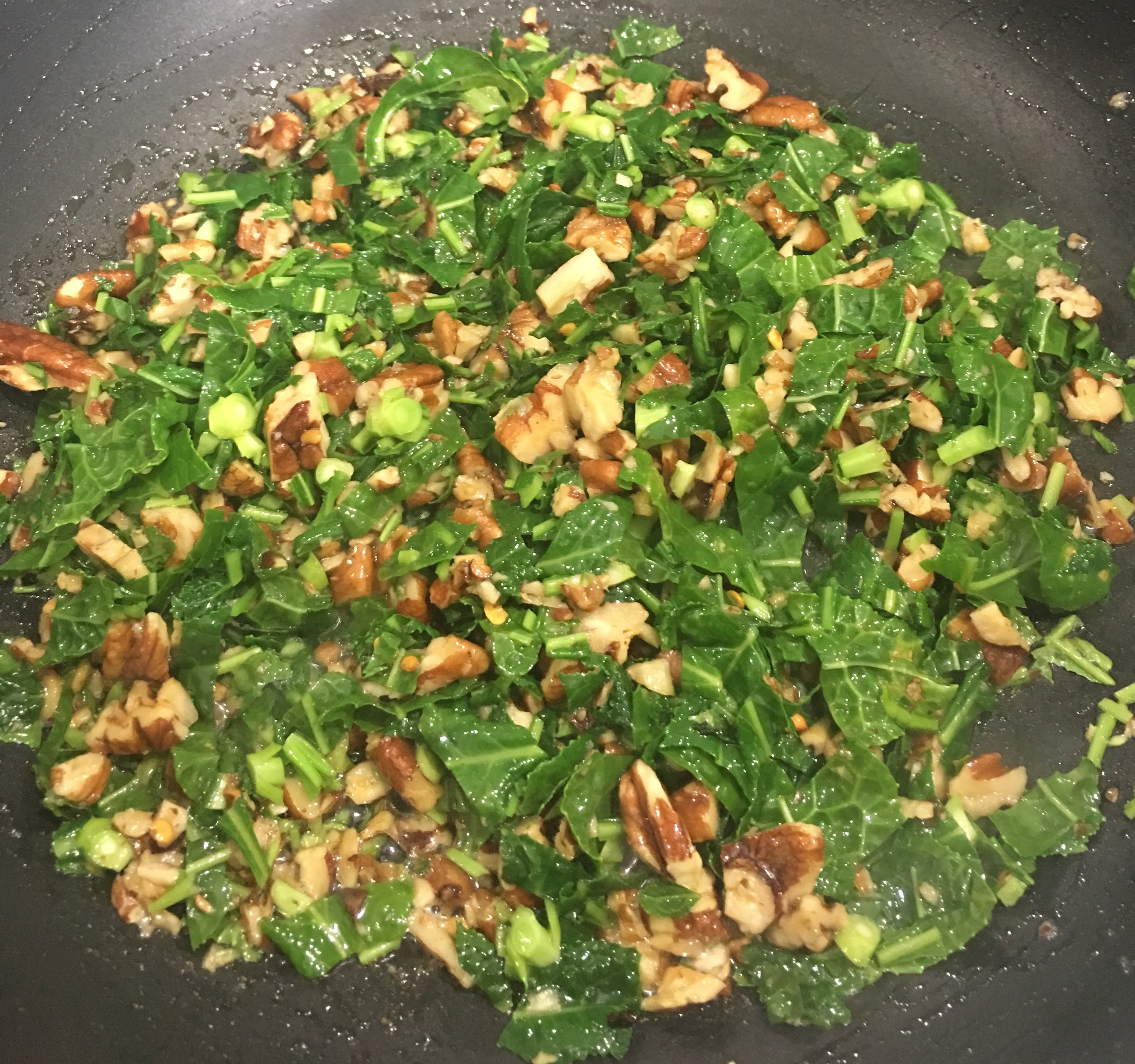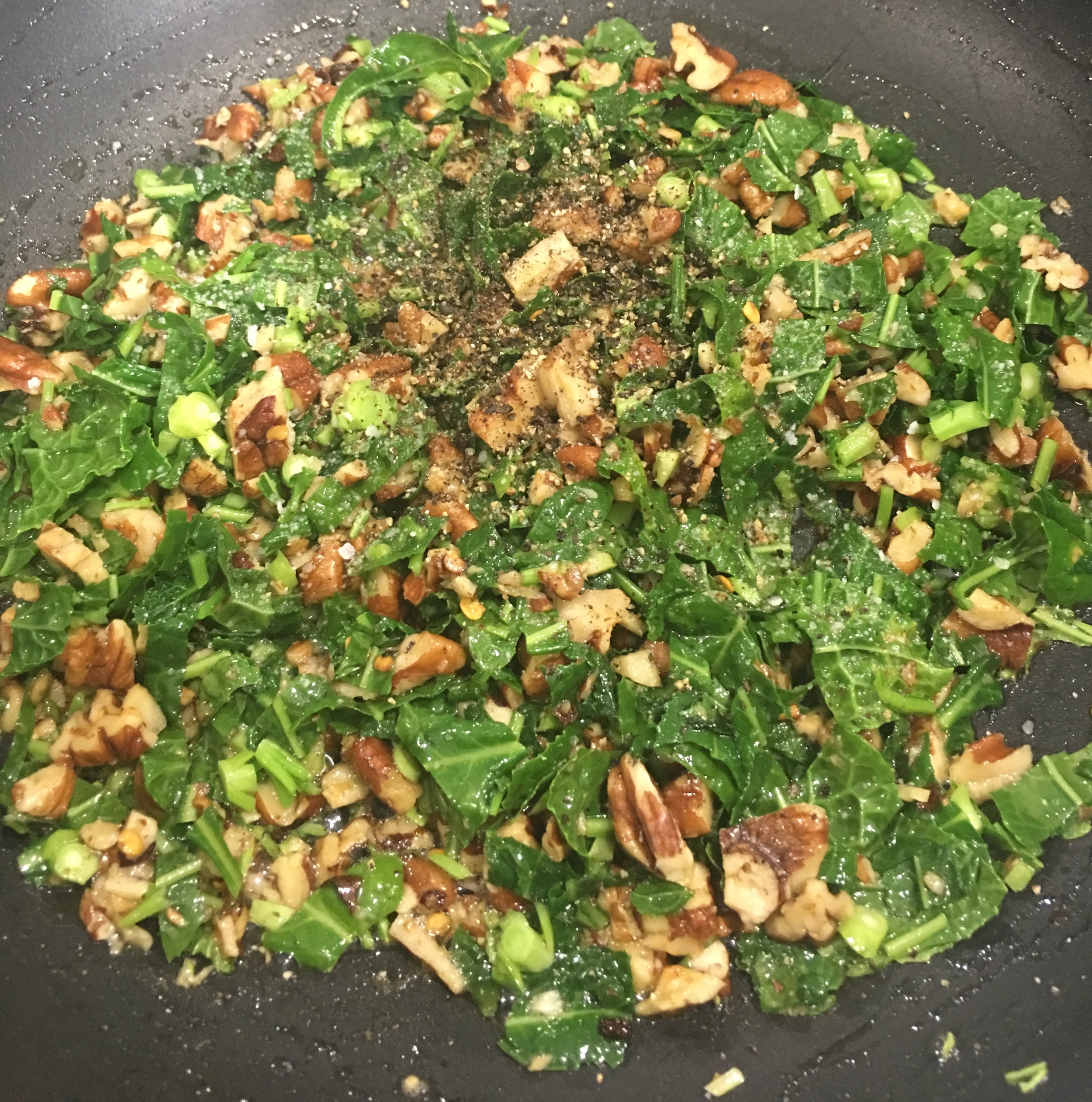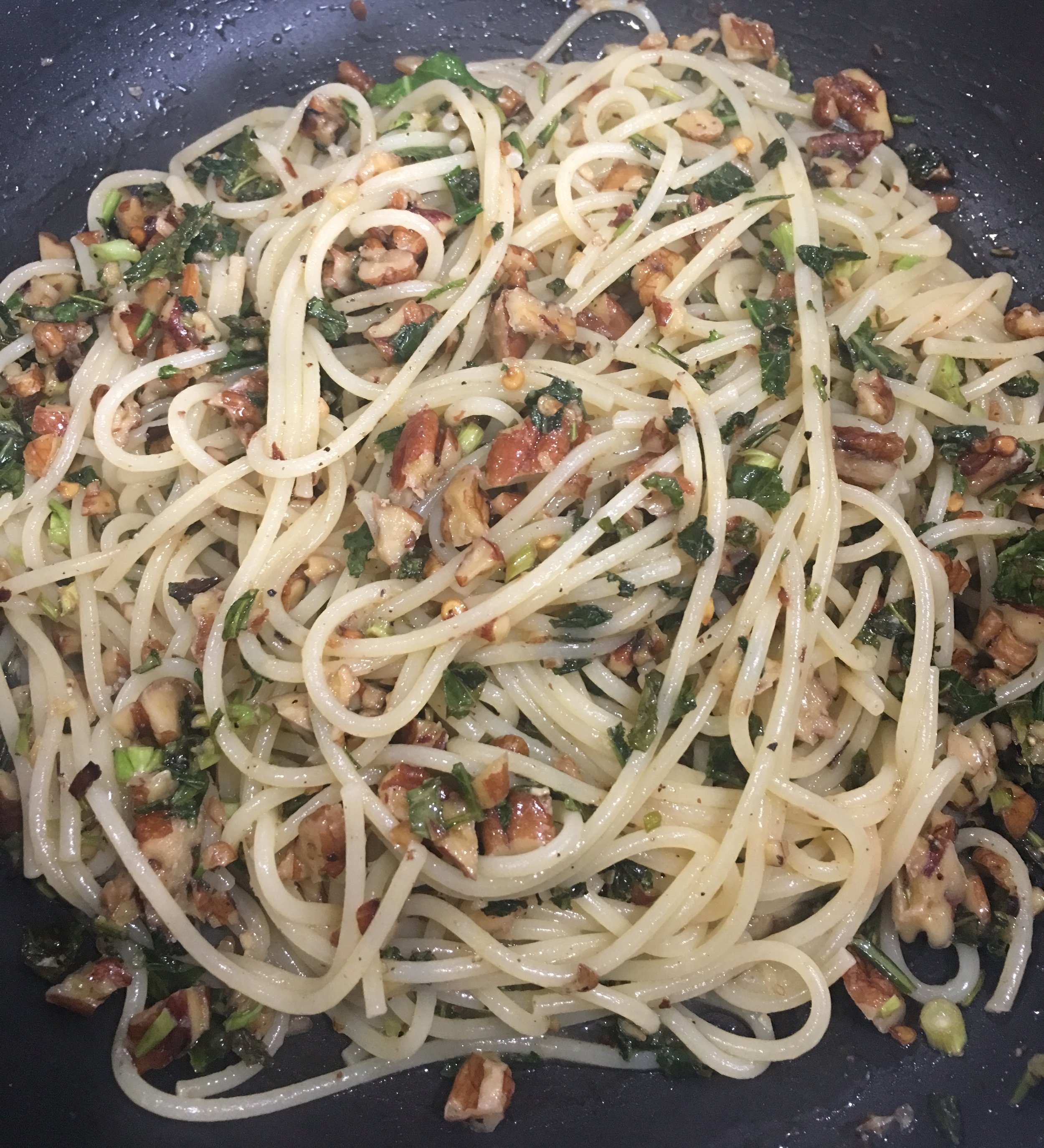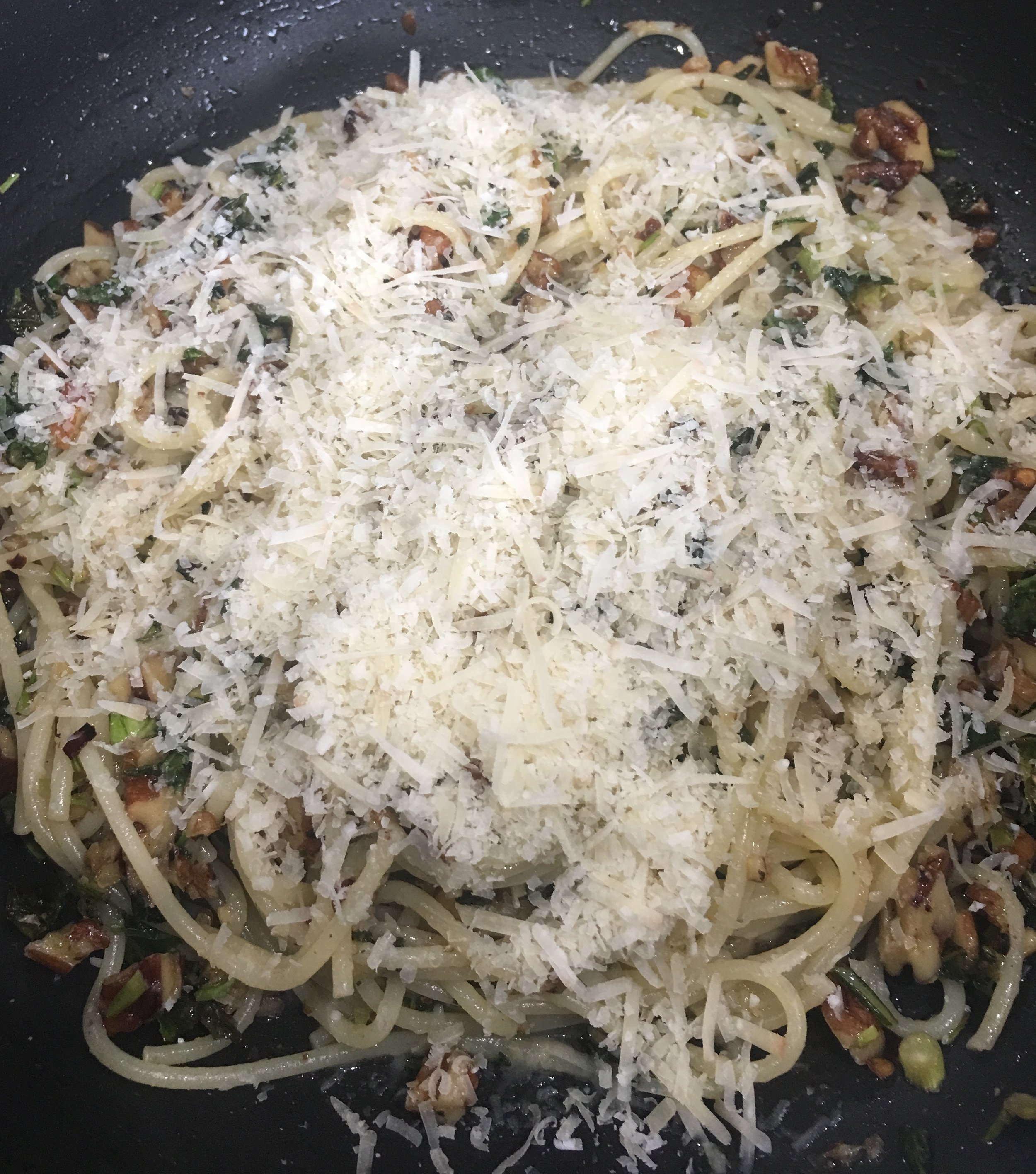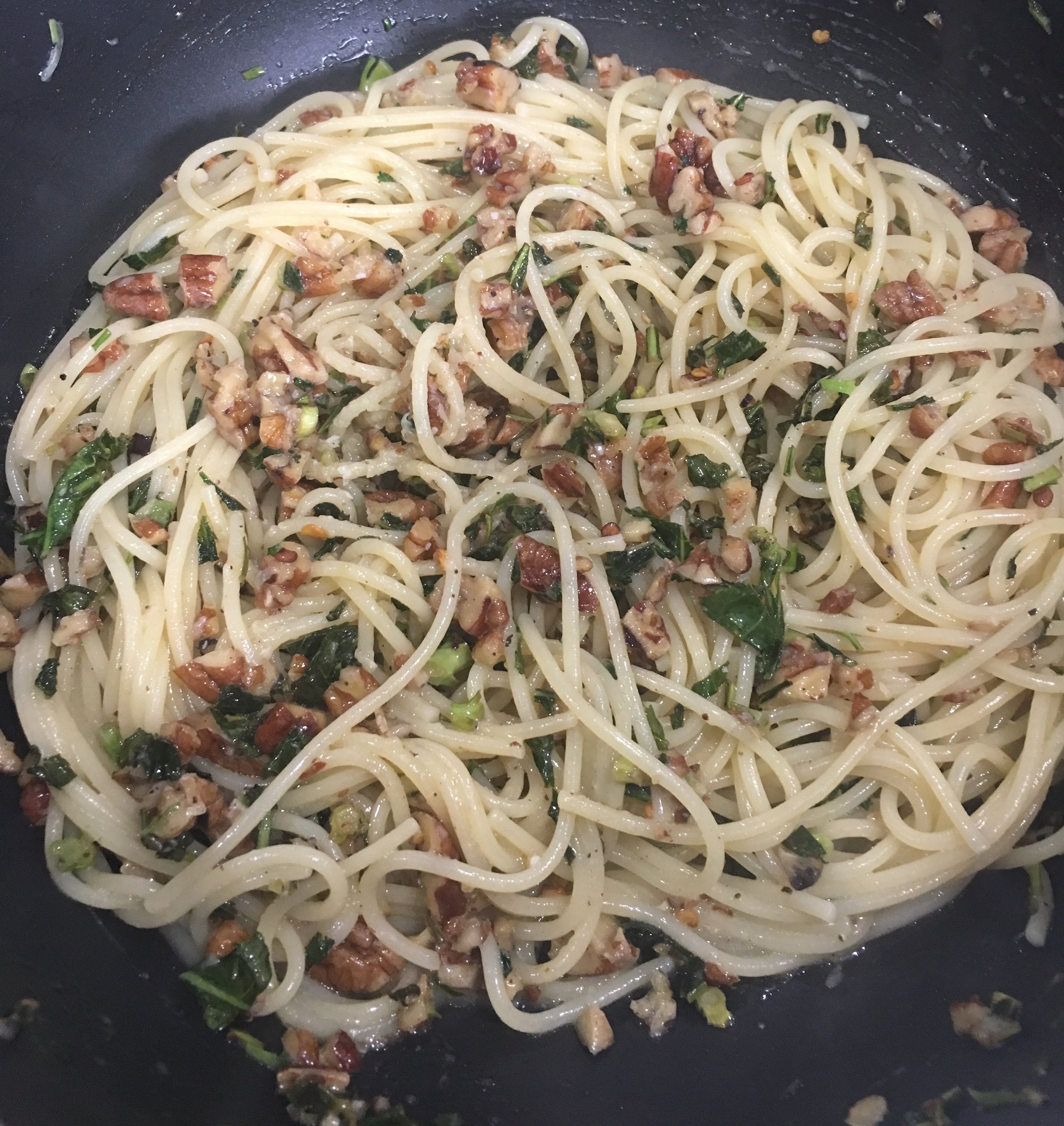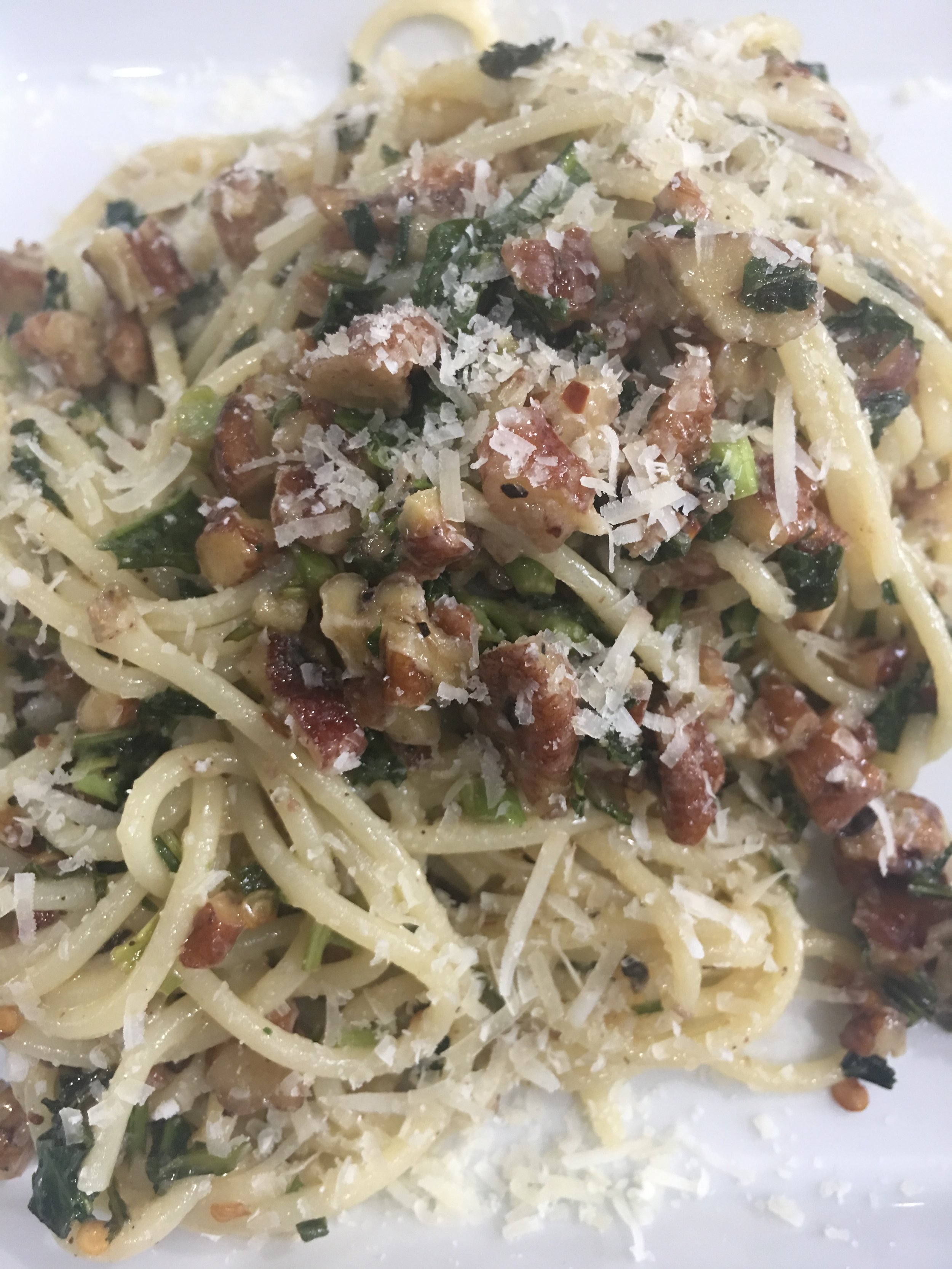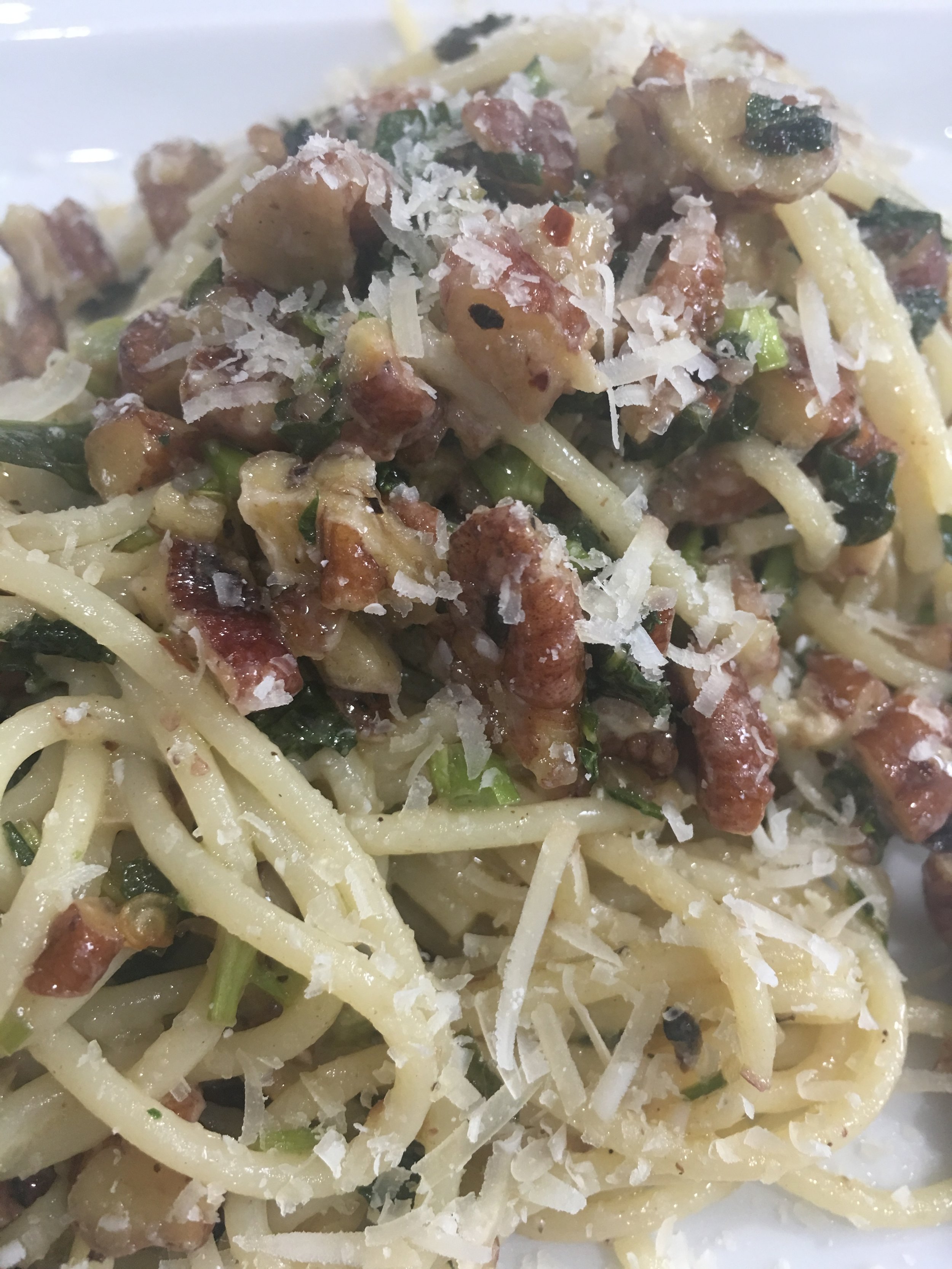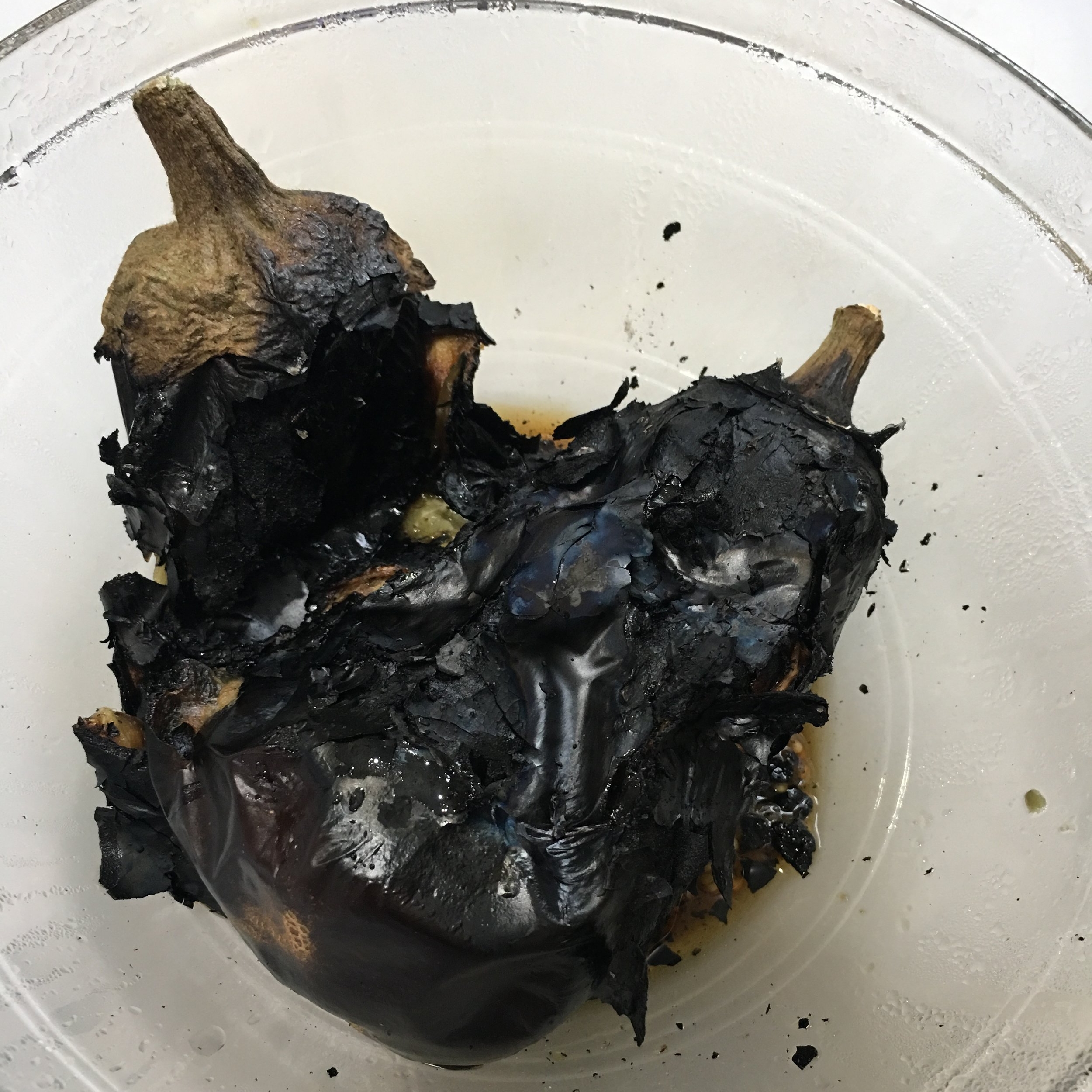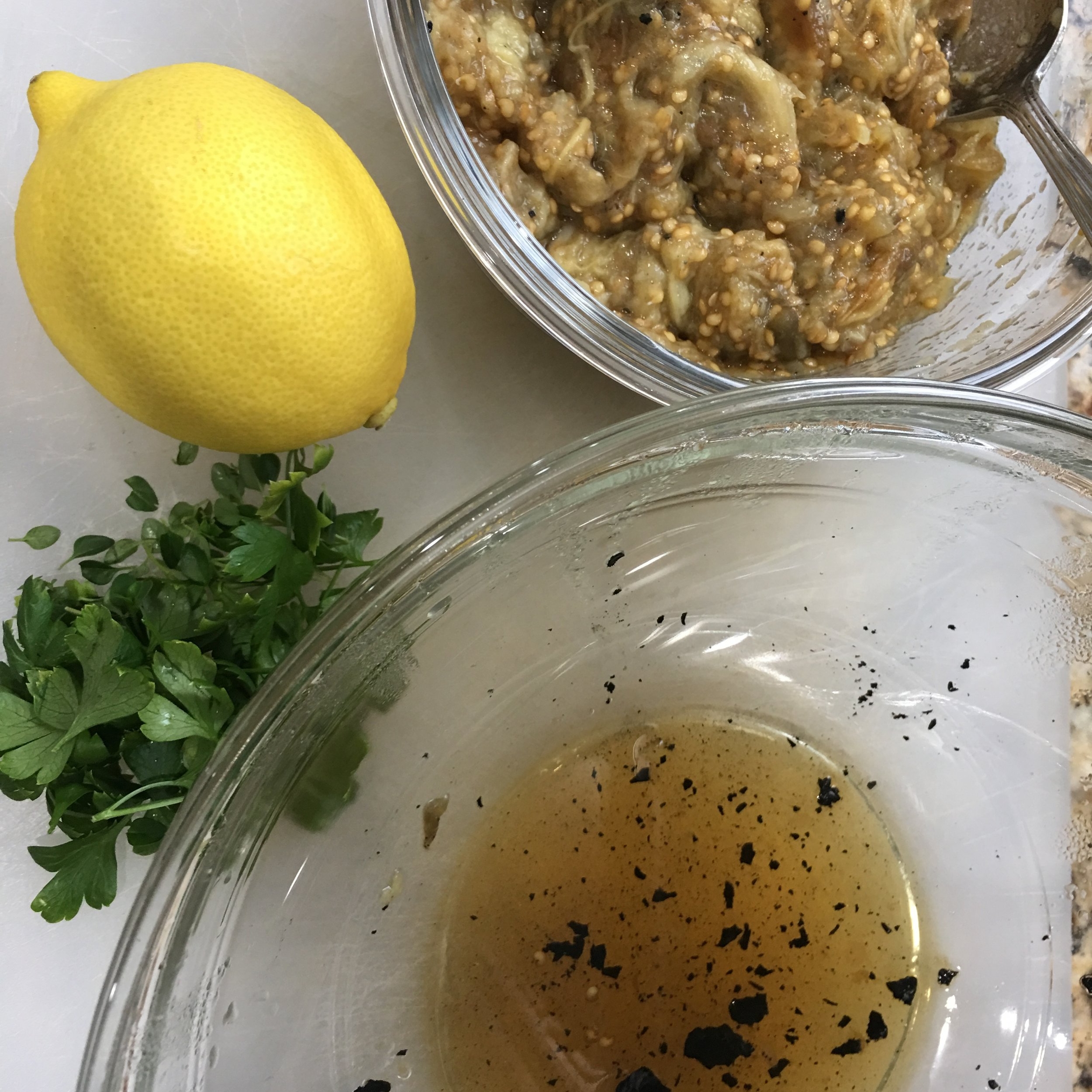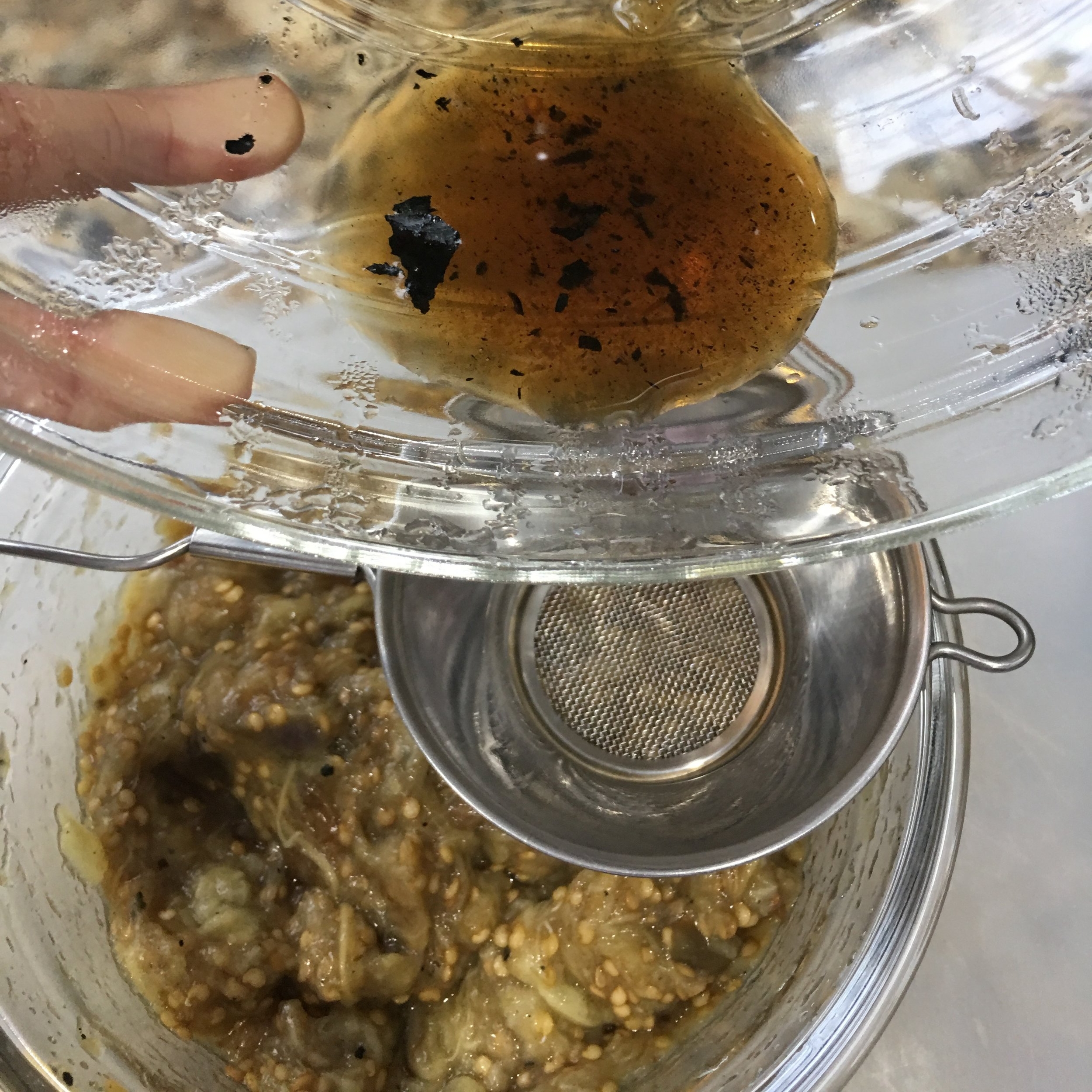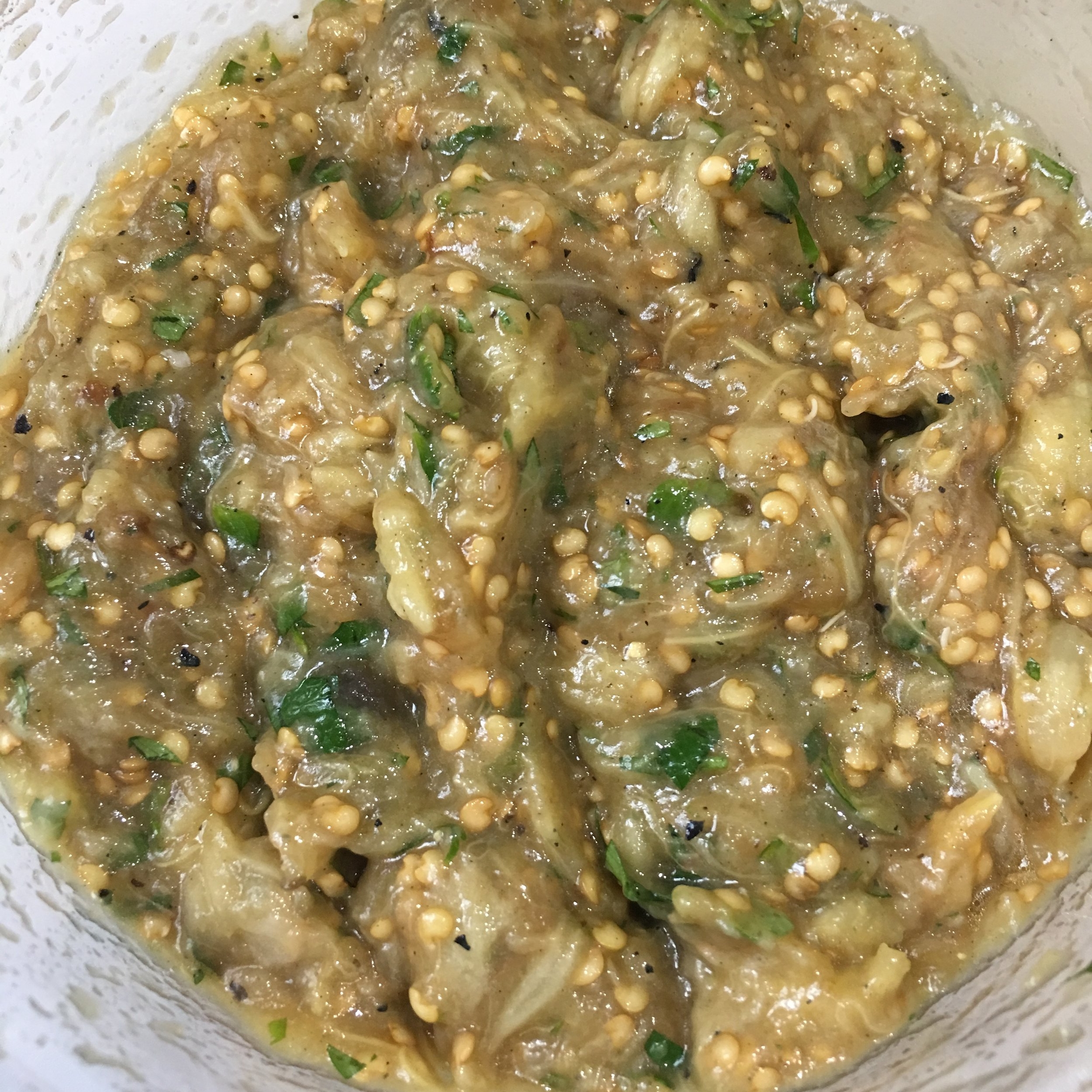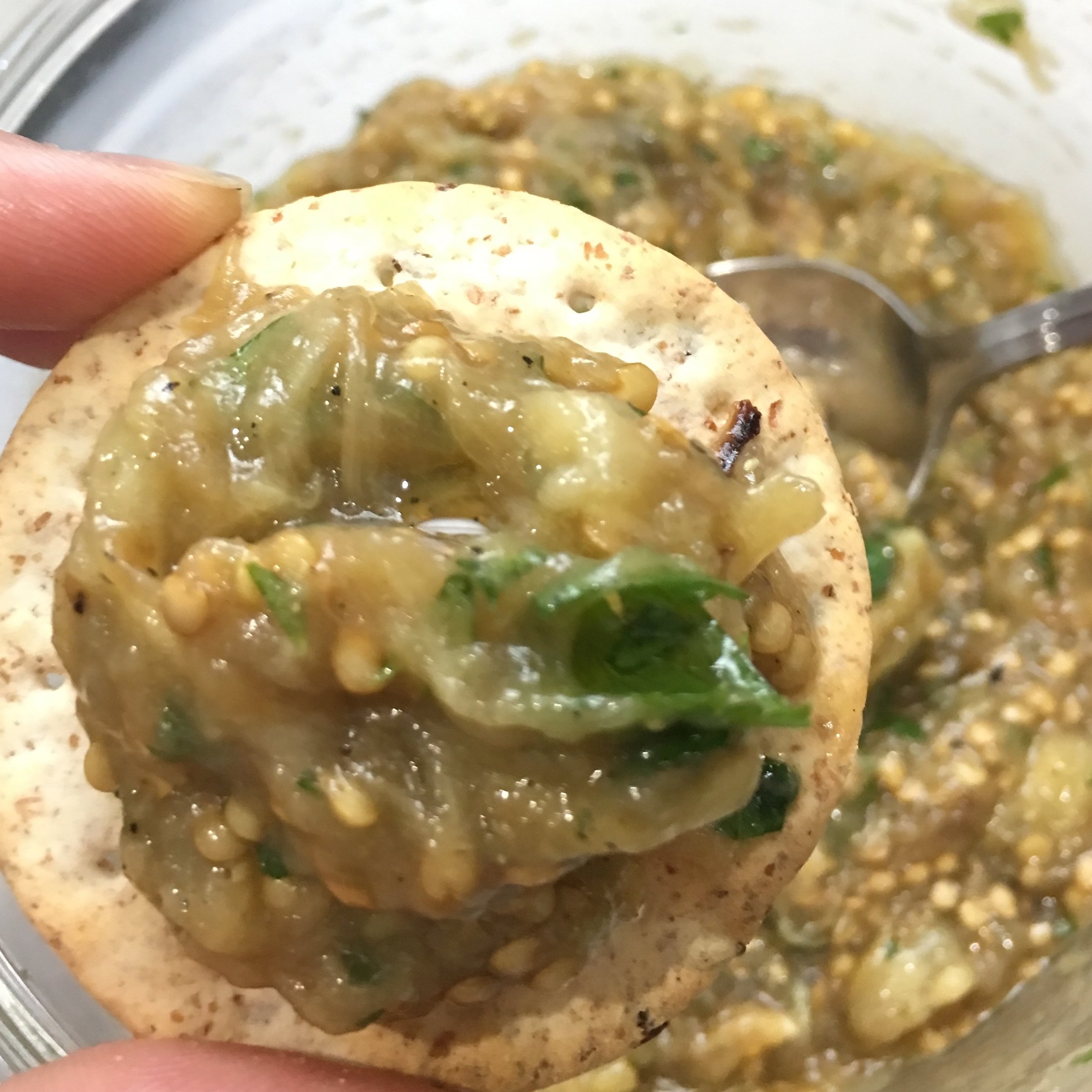I thought I didn’t like salmon. It was too ‘fishy’ and oily. It was usually dry and overcooked. I gave up ordering it. I didn’t even think about cooking it. Then I was introduced to wild caught salmon; this was a different fish altogether. The flesh was a deep red-orange. The skin was thinner. There was no fishy-ness and the the fat was buttery smooth. It was delicious. Depending on the place of origin, type of salmon and the river it was swimming in, it tasted different. The salmon I’m cooking today is Sockeye from the Copper River.
Turns out, the wild caught salmon is also better for you. The benefits of the fats and nutrients contained in fish are many. Eating fish is an excellent way to add lean protein to your diet with ‘good fats’. Eating fish is also better for you than taking fish oil supplements (see Fish Oil is the New Snake Oil). So why is wild caught fish better than farm raised? Farm raised fish are fed on products that reduce the natural healthy omega fatty acids that they produce. Wild fish are swimming in the water and eating the normal things fish eat that make them a healthy food in the first place; they are also continuously swimming, sometimes upstream, and are leaner in their fat content. This is true of most fish in nutritional terms. So choosing wild caught over farmed has nutritional benefits. It does cost more, but you are getting more nutritional value. It’s worth it to pay a little more, eat a little less and get more nutritional value in the process.
This is the easiest of recipes and can feed a crowd. Again, it’s more about the simple technique that precise amounts. I love lemon and dill with salmon. Add more or less of what you like. If you prefer another herb or a mixture of them, add those. I usually cook two filets (1 whole fish) and use it for the week in salads, pasta, eggs and rice bowls.
RECIPE: Salmon with Lemon & Dill
INGREDIENTS
Wild caught Salmon (you can use any size filet you wish).
1-2 large lemons (depending on how much fish you’re cooking) Slice 1 to 1-1/2 lemons in thin rounds enough to cover the fish. You will use the other half to sprinkle over the salmon.
1/2 to 1 teaspoon extra virgin olive oil.
1 cup dill (or a smaller amount depending on the filet size).
Salt & freshly ground pepper.
PROCESS
Heat oven to 350 degrees.
Line a sheet pan with foil or parchment.
Lay filets on pan.
Drizzle a little olive oil on the filets and spread over.
Squeeze lemon juice all over the filets.
Add salt and pepper over the fish.
Spread dill over and then place lemon slices on top.
Roast for 15-20 minutes depending on the thickness of your filets. It will continue cooking for a bit after you take it out of the oven.
Serve with a salad or other green vegetable of your choice.
